Gardening in the shade can be a rewarding experience, offering cool, serene spaces to enjoy all year round. Whether you’re looking to enhance your outdoor area with stylish solutions or need practical options to cope with the shade, there are countless ideas that can transform your garden. Shade in gardens often presents challenges, but it also opens up opportunities to create a peaceful sanctuary where plants thrive and people relax. In this collection of garden shade ideas, you will discover innovative ways to use natural features and smart design to embrace the cooler, shaded spots of your yard. Read on for creative and effective ways to make the most of garden shade and transform your outdoor space.
1. Create a Shade Patio with Large Umbrellas
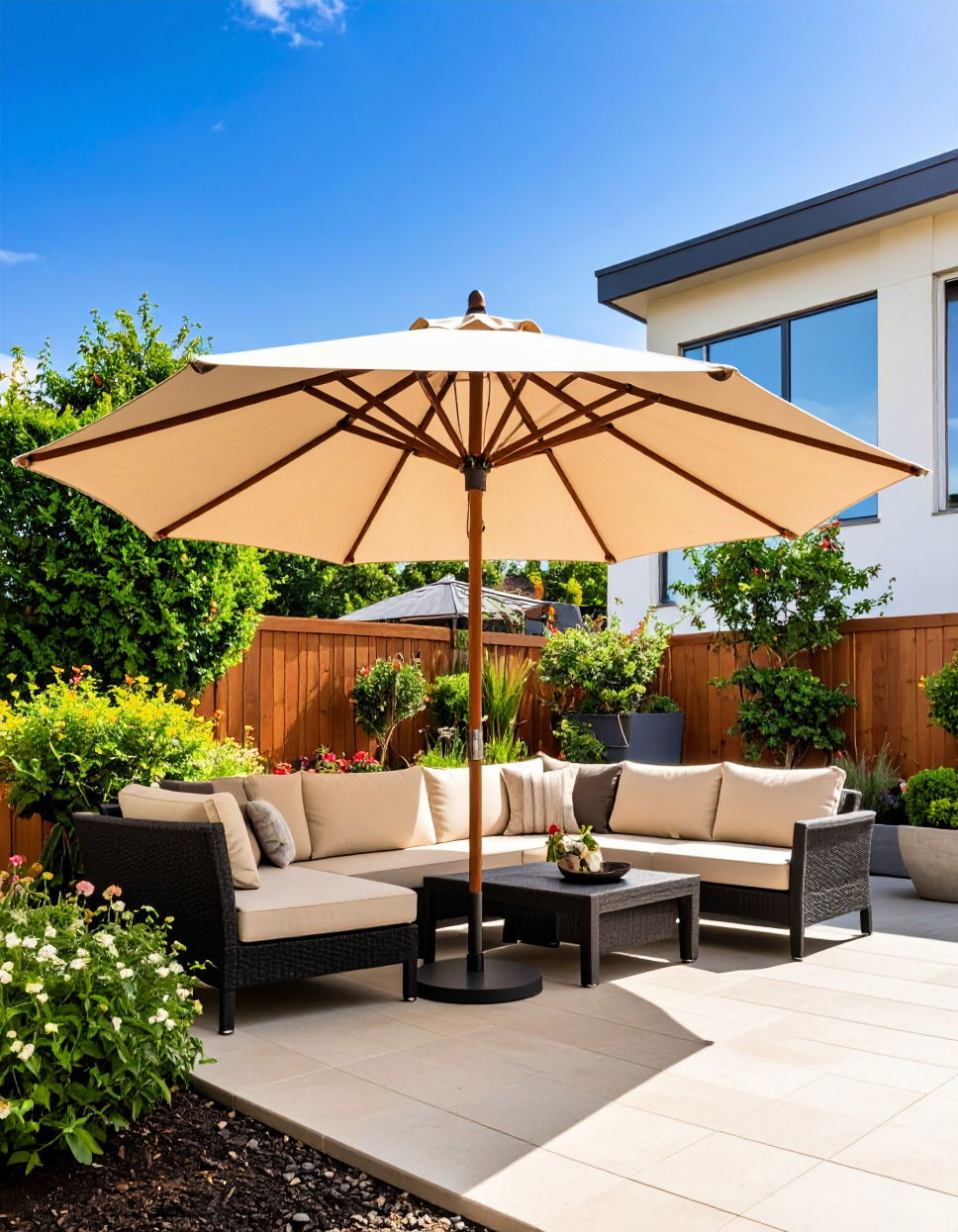
For a portable and adjustable solution, consider adding large outdoor umbrellas to your garden. These can be moved around to provide shade exactly where you need it, whether by the pool, in the garden, or over your seating area. Modern designs come in a variety of styles, colors, and sizes, giving you plenty of options to match your garden decor.
2. Install a Retractable Pergola
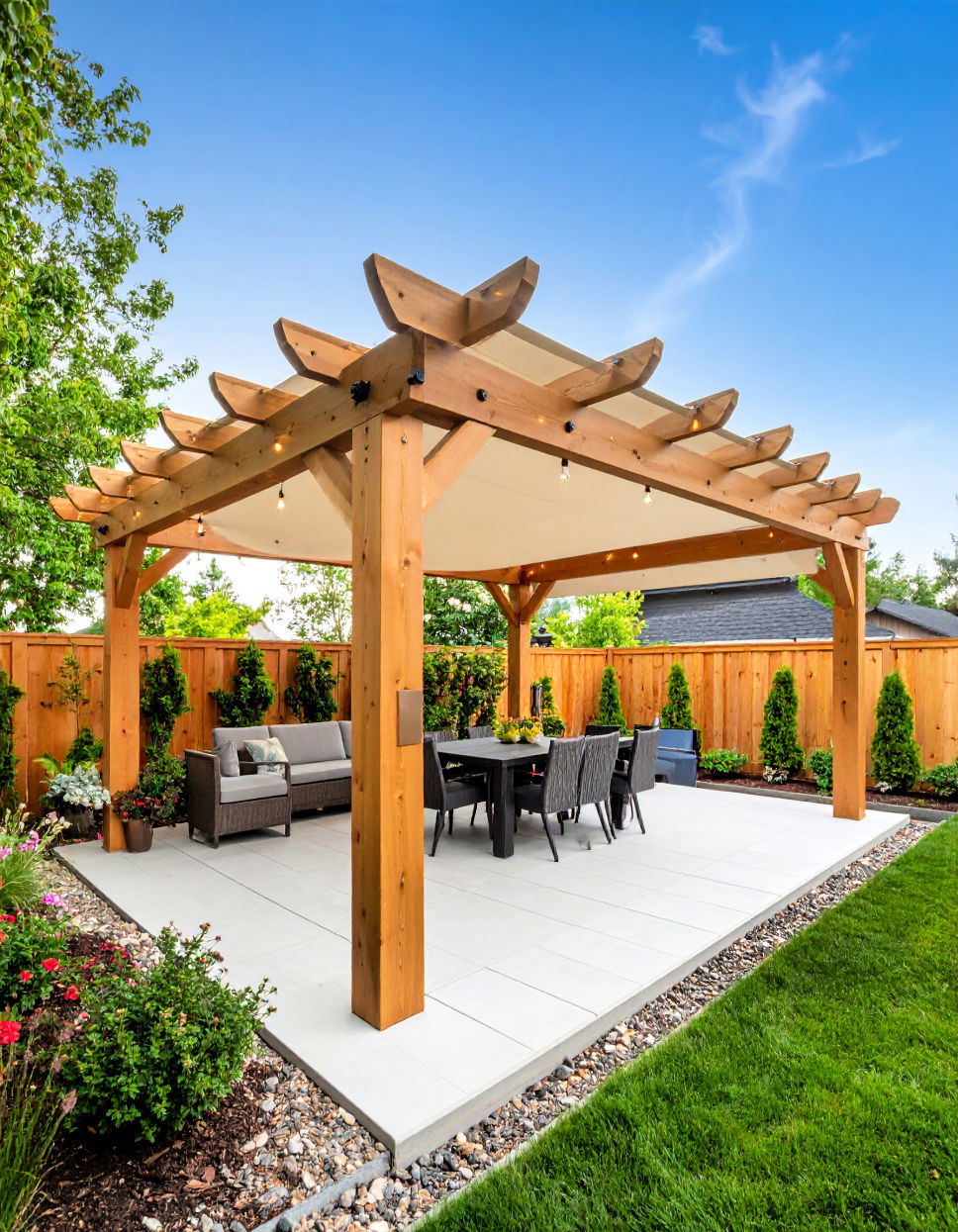
If you're looking for versatility in your shaded area, a retractable pergola might be the perfect solution. This structure allows you to adjust the amount of shade depending on the time of day or season. You can pull back the canopy to let sunlight in or keep it closed for full coverage. It’s a great way to enjoy both sun and shade in one space, making it ideal for outdoor dining or lounging.
3. Use Large Shade Trees for Natural Canopy
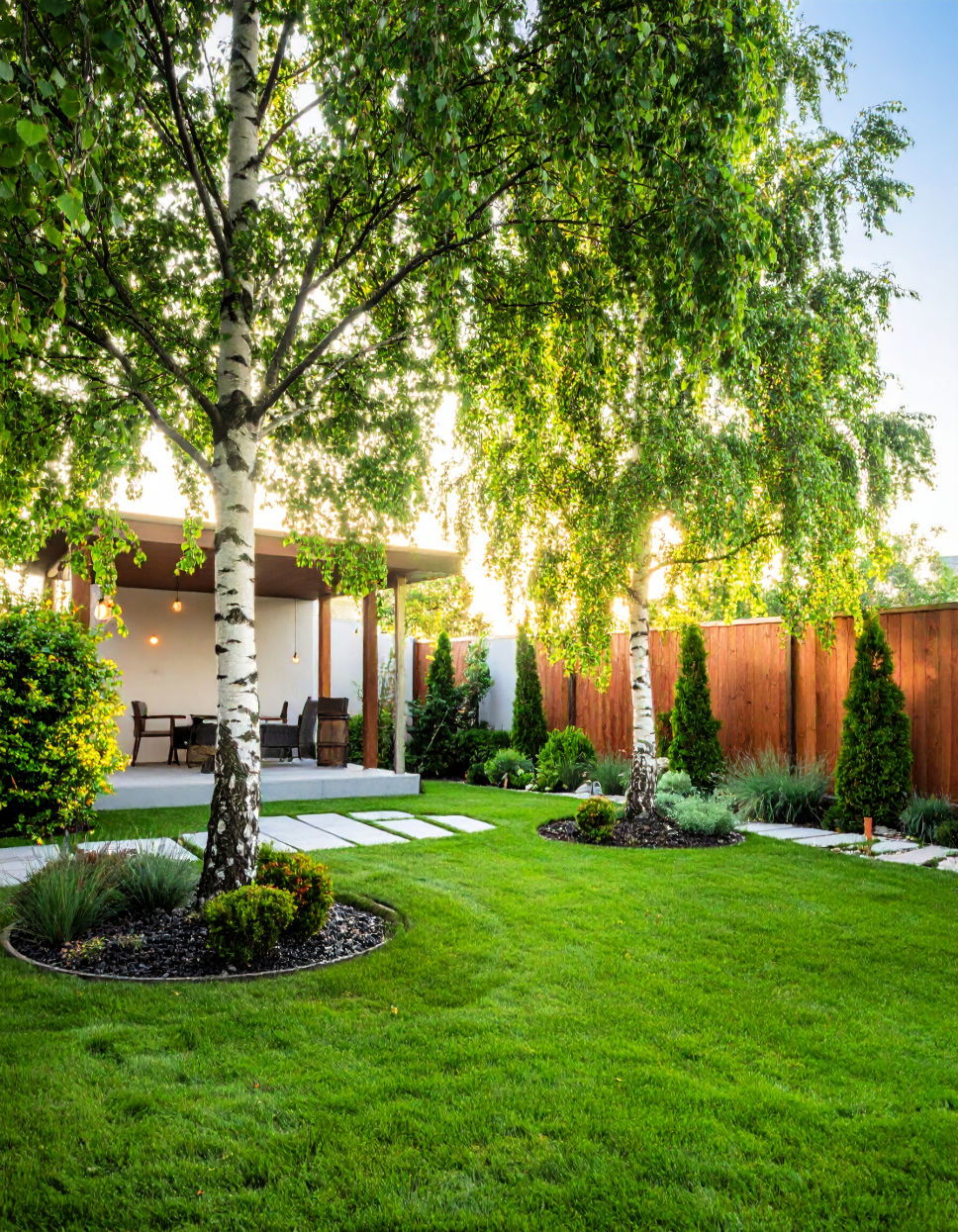
Large shade trees are one of the most effective ways to create natural shade in your garden. Trees like oaks, maples, and willows provide dense canopies, offering cool, comfortable areas for relaxation during hot days. Strategically planting trees can help you maximize shade throughout the day, while also enhancing the beauty of your garden. Choose trees that are well-suited to your climate for long-term benefits.
4. Set Up an Outdoor Canopy with Fabric
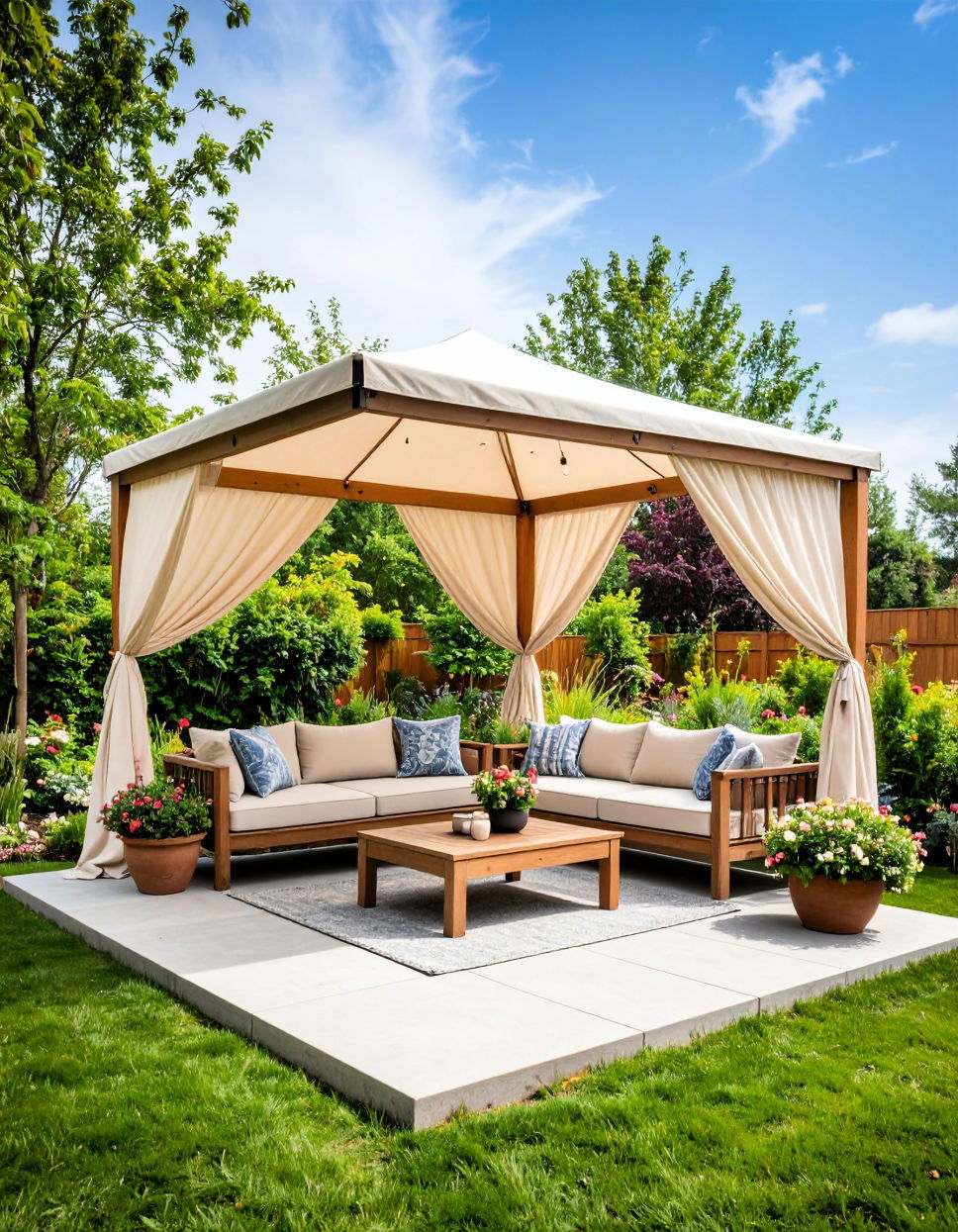
An easy way to create a shaded area is by installing a simple fabric canopy. This temporary or permanent solution is cost-effective and easy to customize in terms of color, pattern, and size. Hang the canopy over a patio or garden bench to create a cozy, cool spot for gatherings or personal time. Plus, fabric canopies are easily taken down or moved, offering flexibility.
5. Add a Trellis with Climbing Vines
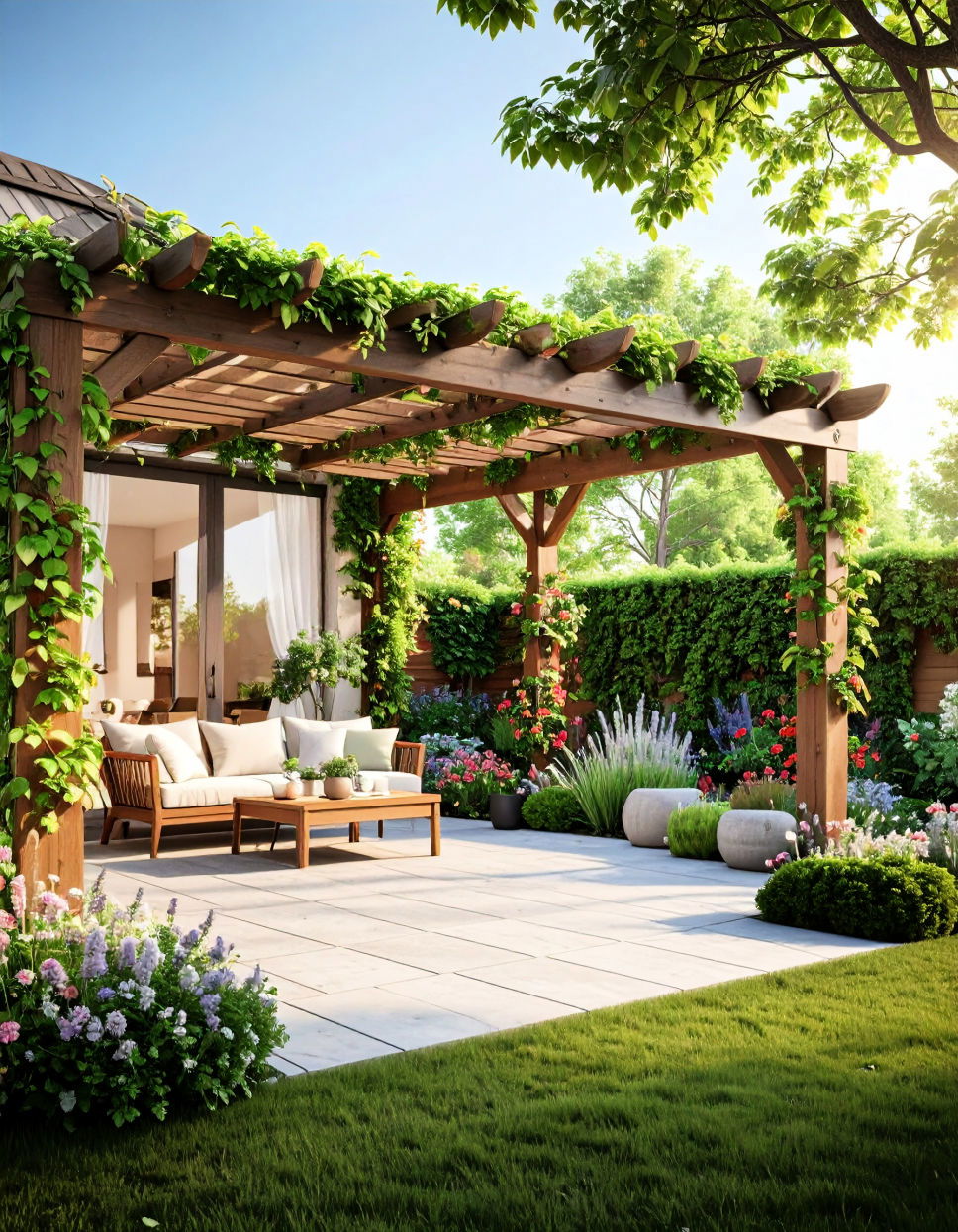
Climbing vines can provide natural shade when grown on a trellis. This approach offers a delightful blend of greenery and shade while allowing you to create a vertical garden. Vine options like wisteria, clematis, and grapevines are perfect for growing over structures like pergolas or trellises. As they grow, the vines will gradually create a shaded space, giving you both privacy and comfort.
6. Create a Shade Garden with Ferns
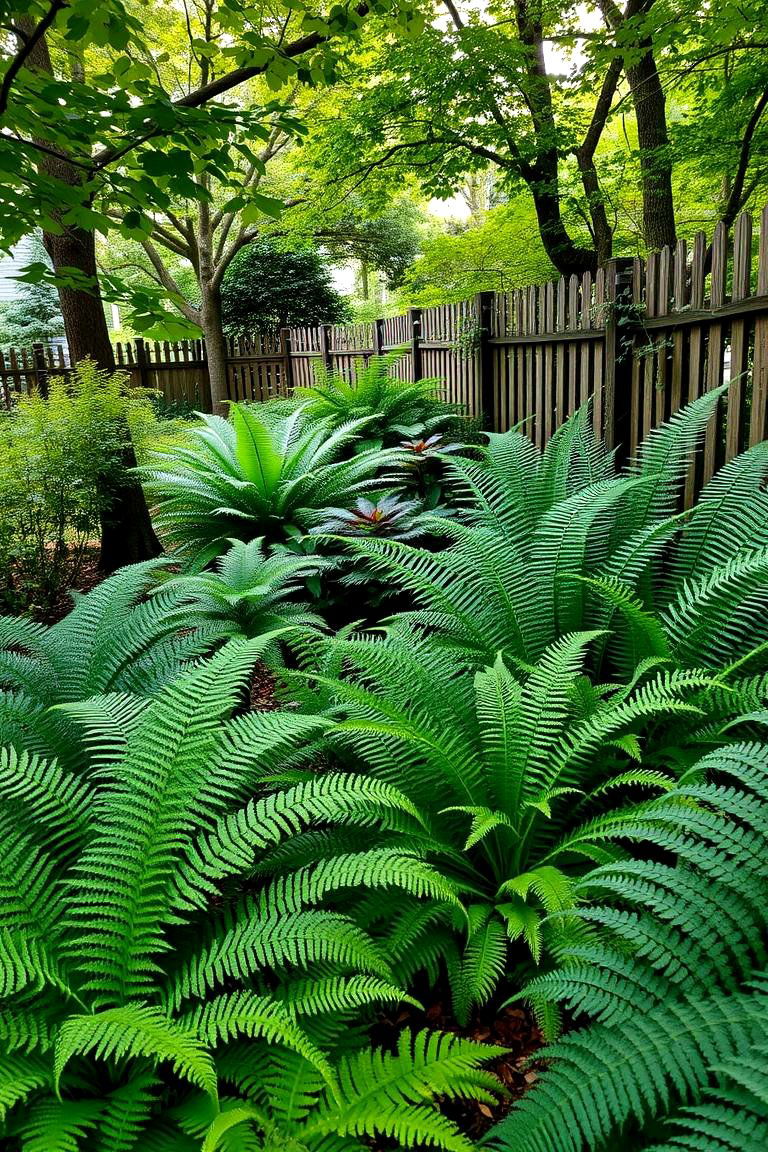
Transform a shaded corner into a lush, green oasis by planting a variety of ferns. Ferns thrive in low-light conditions and their feathery, soft foliage adds a soothing, woodland feel to any garden. The diversity of fern species means you can mix textures, colors, and sizes, ensuring a dynamic and interesting display. Plant them in clusters beneath trees or along shaded fences, and they'll naturally fill in the space, requiring minimal care.
7. Plant Shade-Loving Perennials
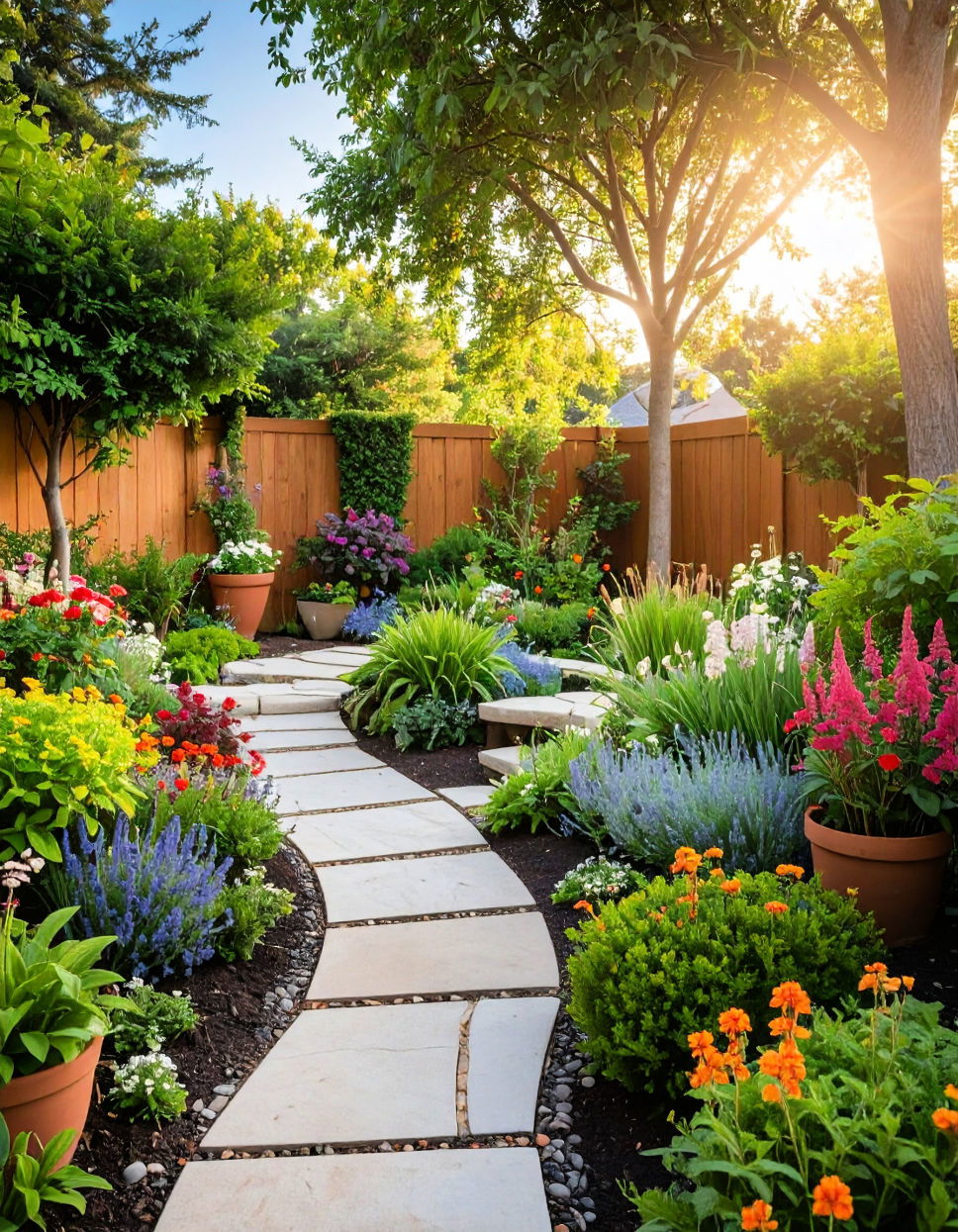
Incorporating shade-loving perennials into your garden can help enhance the aesthetic of your shaded spaces while providing year-round color. Hostas, astilbes, and bleeding hearts are excellent choices that will bloom consistently in low-light conditions. Plant these in strategic locations under trees or along fences to create an inviting, vibrant shaded area.
8. Build a Shade-Screening Wall
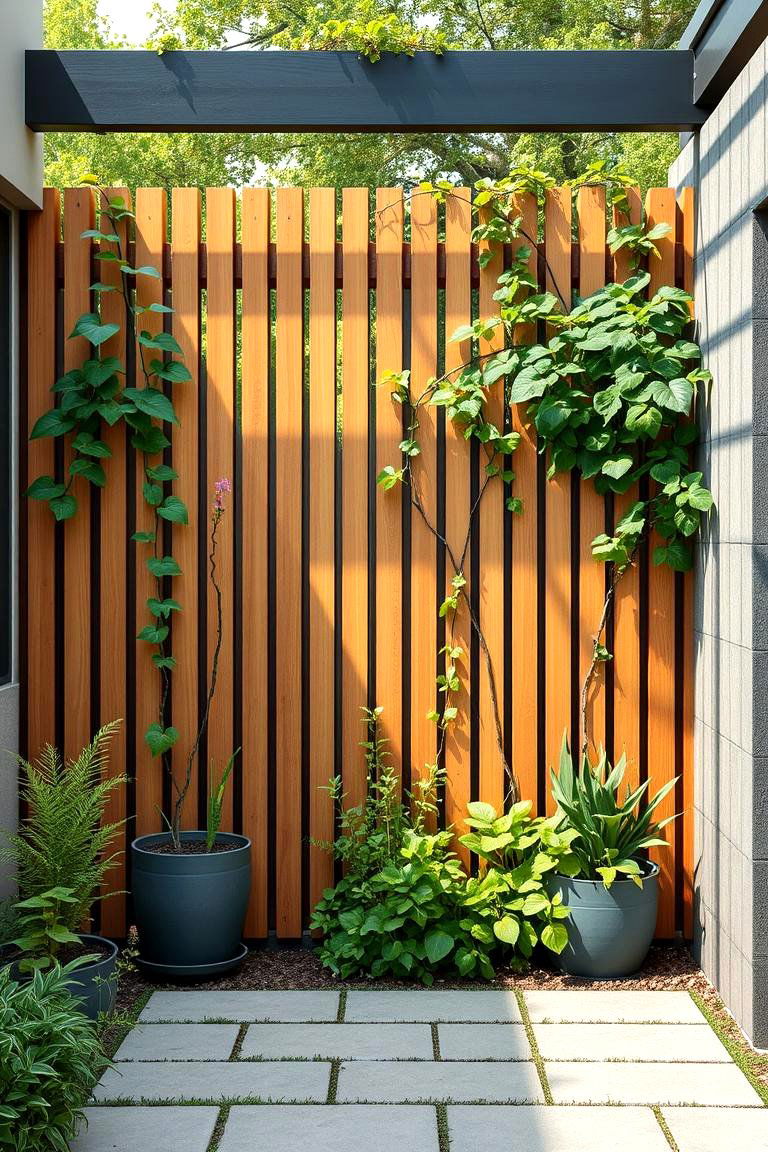
If you need to block out sunlight or provide privacy, consider building a shade-screening wall. Whether it's a brick or wooden structure, it offers not only shade but also a sense of enclosure, making the space feel more intimate and cozy. The wall can be complemented with climbing plants or vines to soften the look and provide additional greenery.
9. Design a Shaded Zen Garden
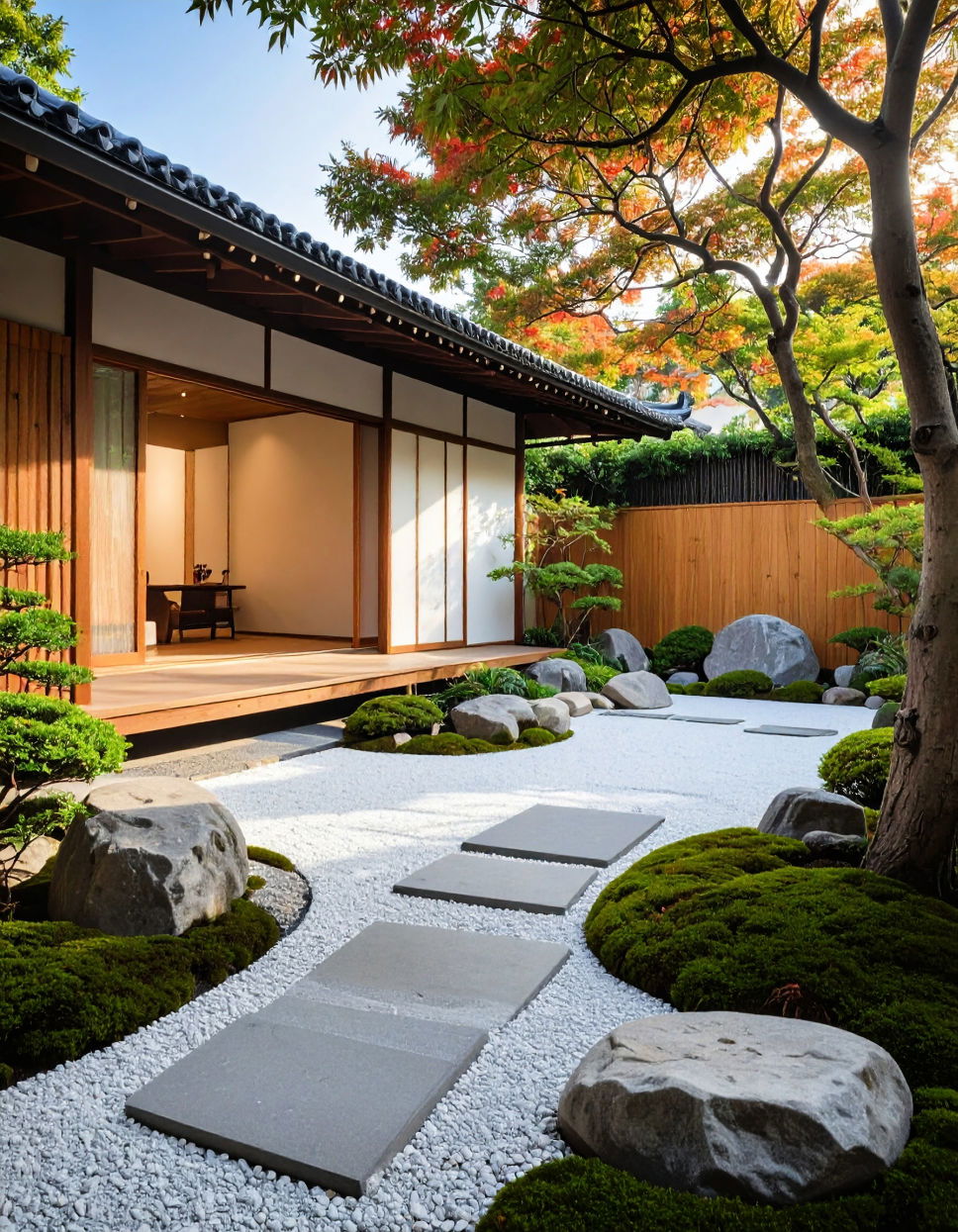
For a truly tranquil experience, a shaded Zen garden offers the perfect solution. Use natural elements such as rocks, water features, and simple, elegant plants like moss or bamboo. The cool, shaded environment combined with the minimalist design creates a peaceful space for reflection, meditation, or just unwinding after a long day.
10. Incorporate a Shade Sail
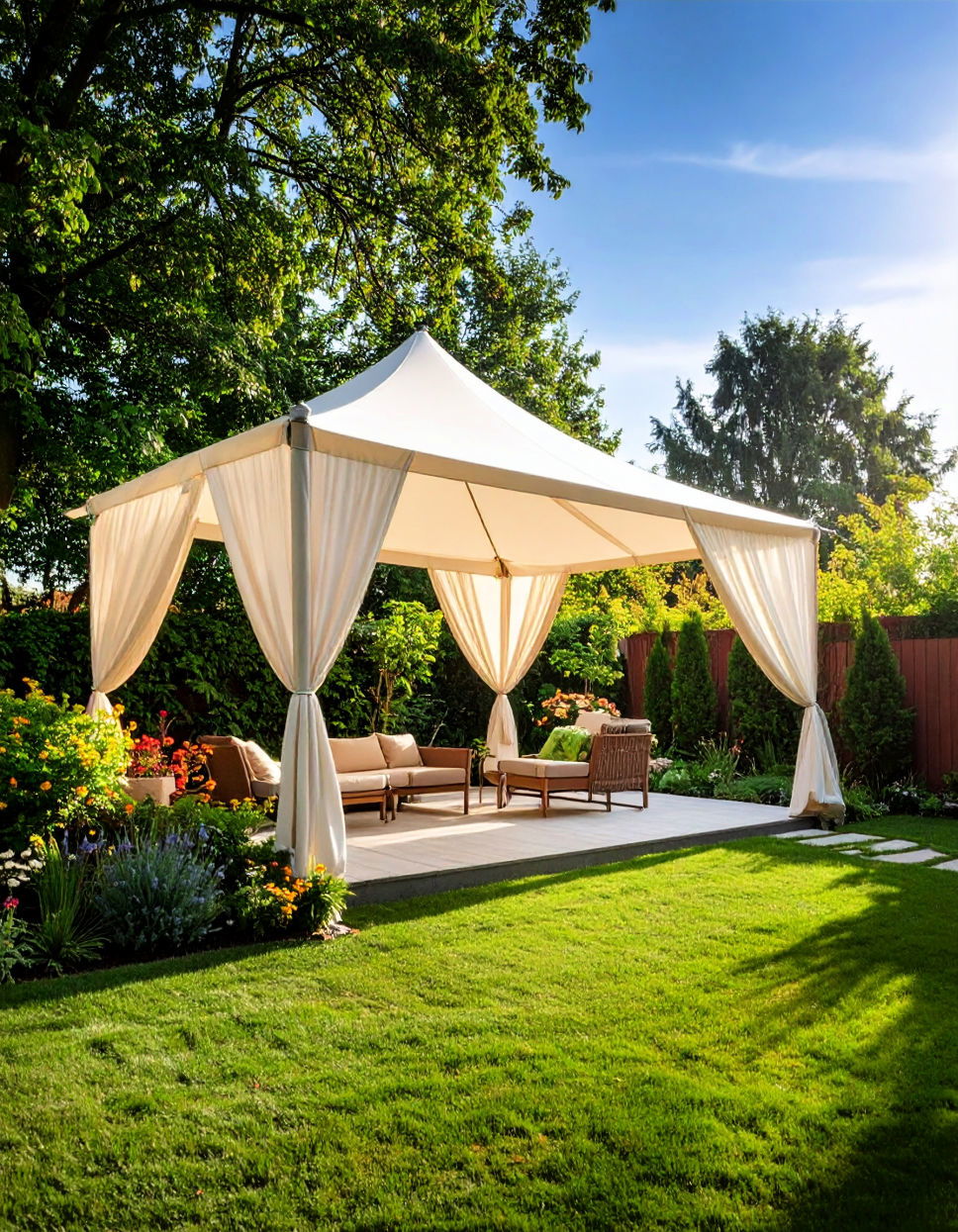
Shade sails are an attractive and modern option to create a shaded area. These fabric panels are stretched between poles and can be arranged in various geometric shapes to add an artistic element to your garden. Shade sails are perfect for covering outdoor spaces like patios, dining areas, or play zones for children, providing relief from the sun while also enhancing the style of your garden.
11. Create a Pergola with Built-in Shade
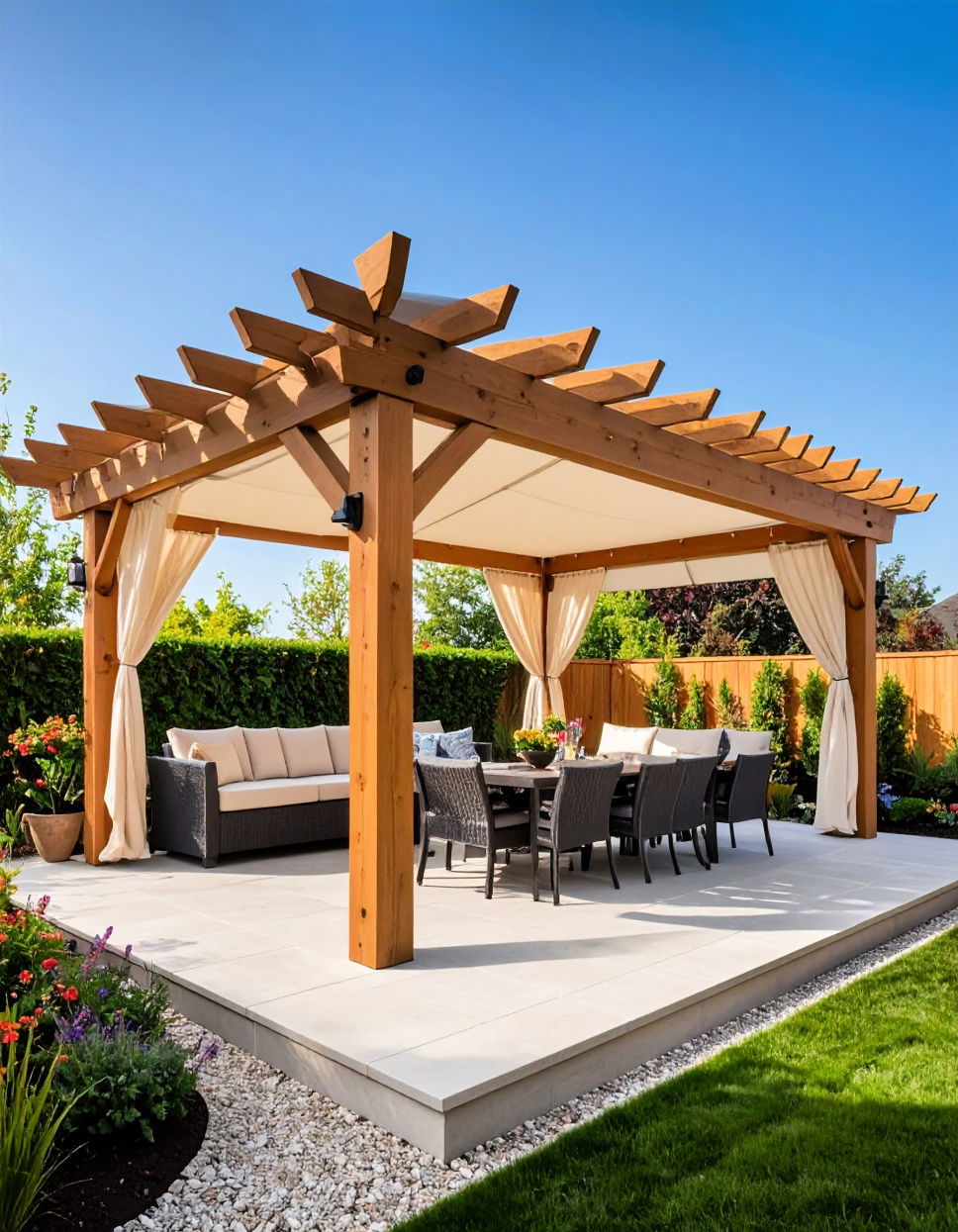
A pergola with built-in shade can provide a sophisticated yet practical way to enjoy shaded outdoor living. Some pergolas feature slatted roofs or adjustable panels that filter sunlight to create a comfortable, cool space. You can add climbing plants to the structure for even more shade and a natural look, while keeping the area open and airy.
12. Grow a Shade Garden with Hostas
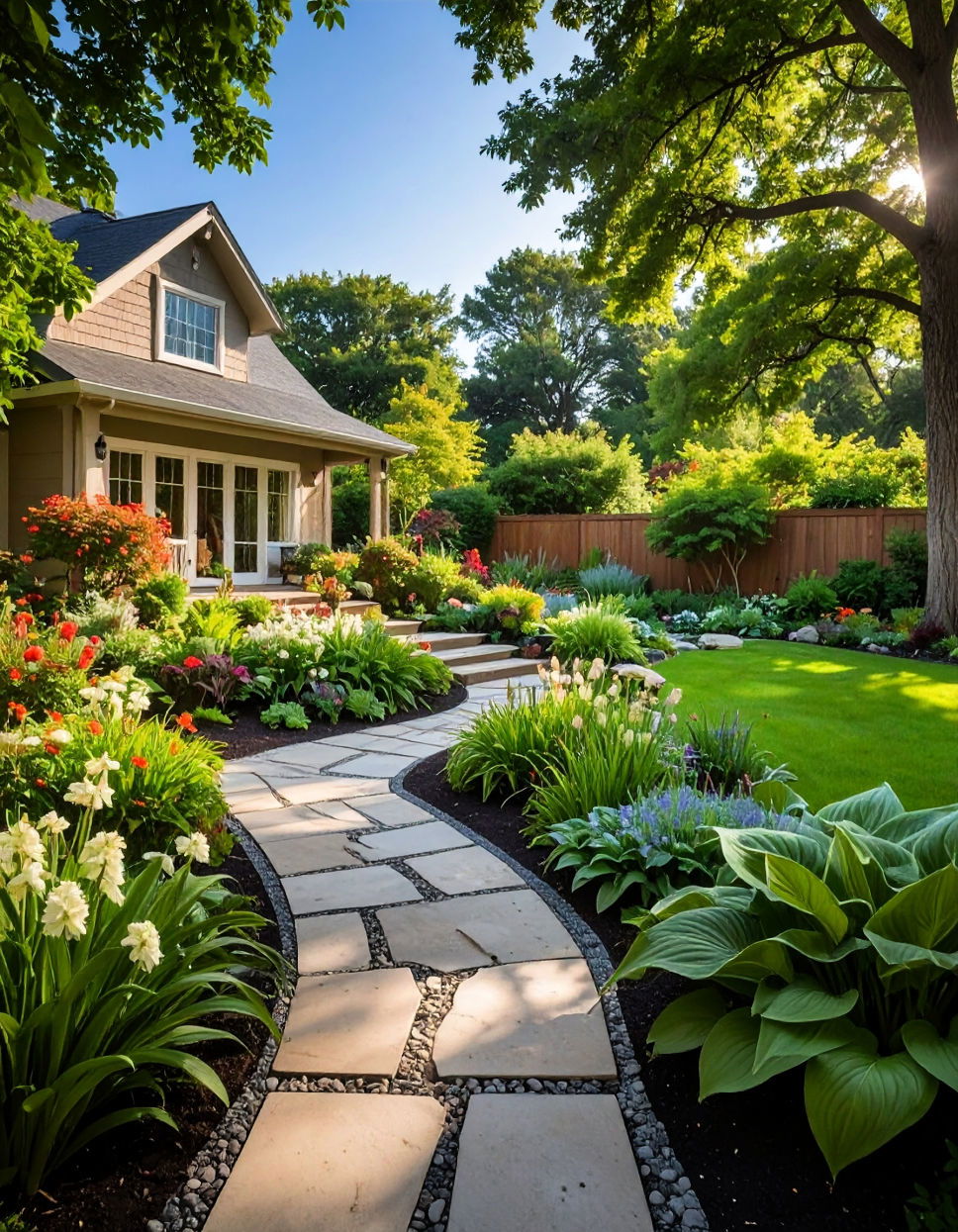
Hostas are classic shade garden plants known for their resilience in low-light conditions. Their large, heart-shaped leaves come in a variety of colors, from deep greens to variegated hues. Hostas work well in gardens with minimal sunlight, providing lush ground cover or adding dimension to garden beds. Consider planting them along pathways or near patios for a visually stunning effect.
13. Plant a Vegetable Garden in Shade
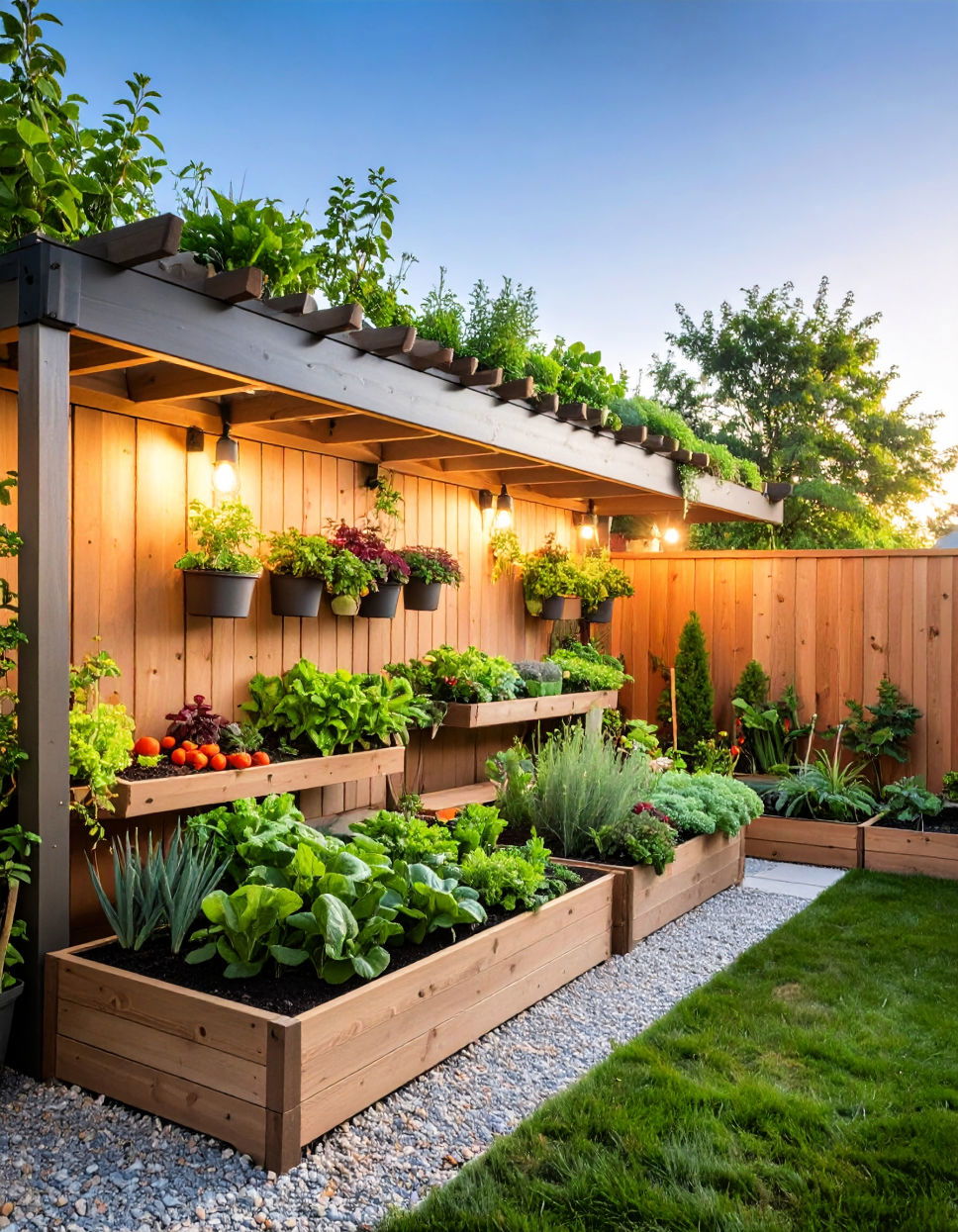
Did you know that you can grow a vegetable garden even in shaded areas? Certain vegetables like leafy greens, kale, spinach, and lettuce thrive in low-light conditions. By planting these crops in areas that receive partial sunlight, you can still enjoy fresh, homegrown produce throughout the season. Plus, planting vegetables in shade can reduce the need for constant watering, as the cooler environment helps retain moisture.
14. Use Outdoor Curtains for Shade
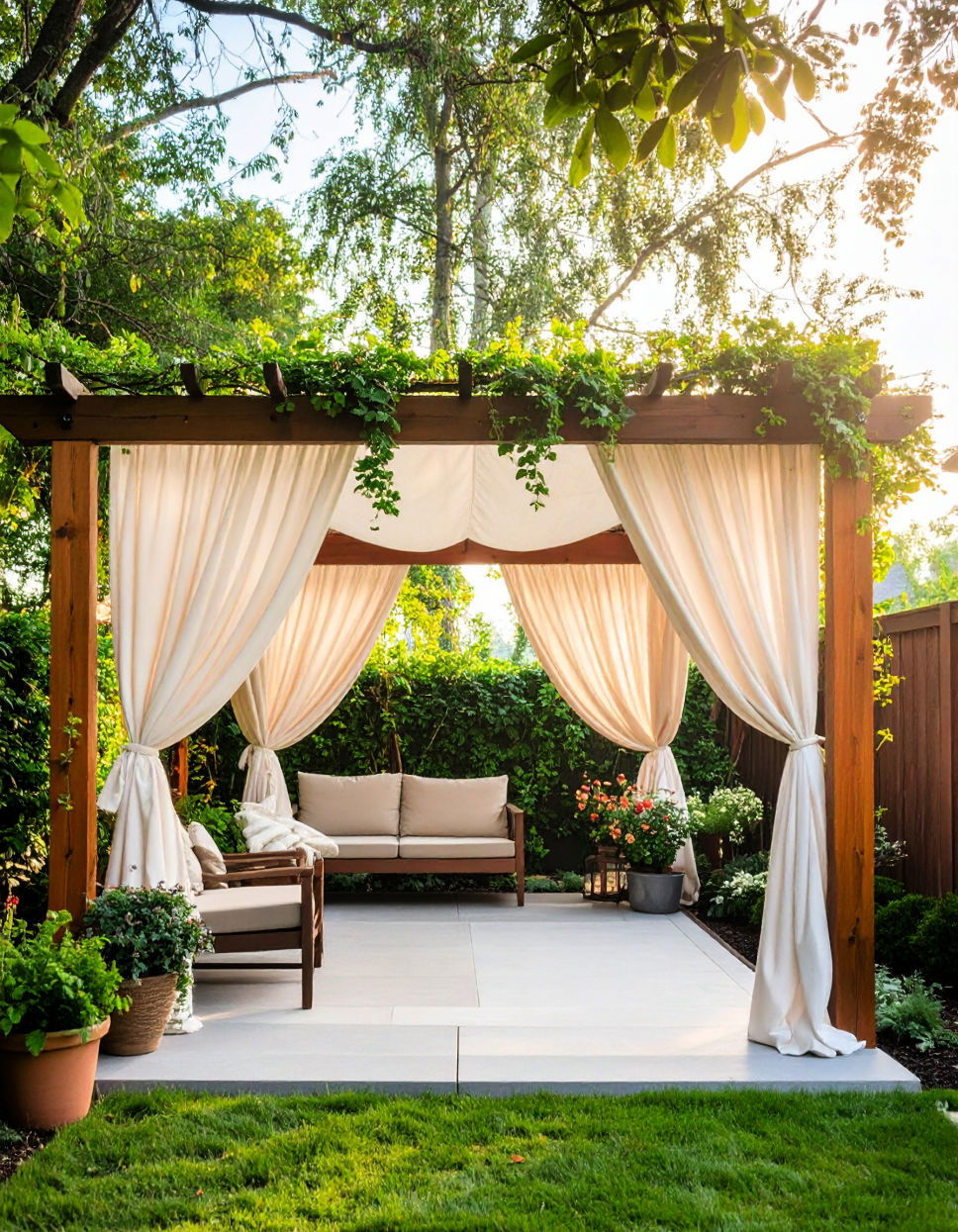
Outdoor curtains are a simple yet effective way to add shade and privacy to your garden. These curtains can be hung around patios, decks, or even pergolas to create a more intimate and protected space. Choose lightweight fabrics for a breezy look or heavier materials for full coverage. This approach is especially useful when you want to block out strong sunlight or create a more secluded atmosphere.
15. Build a Wooden Gazebo for Permanent Shade
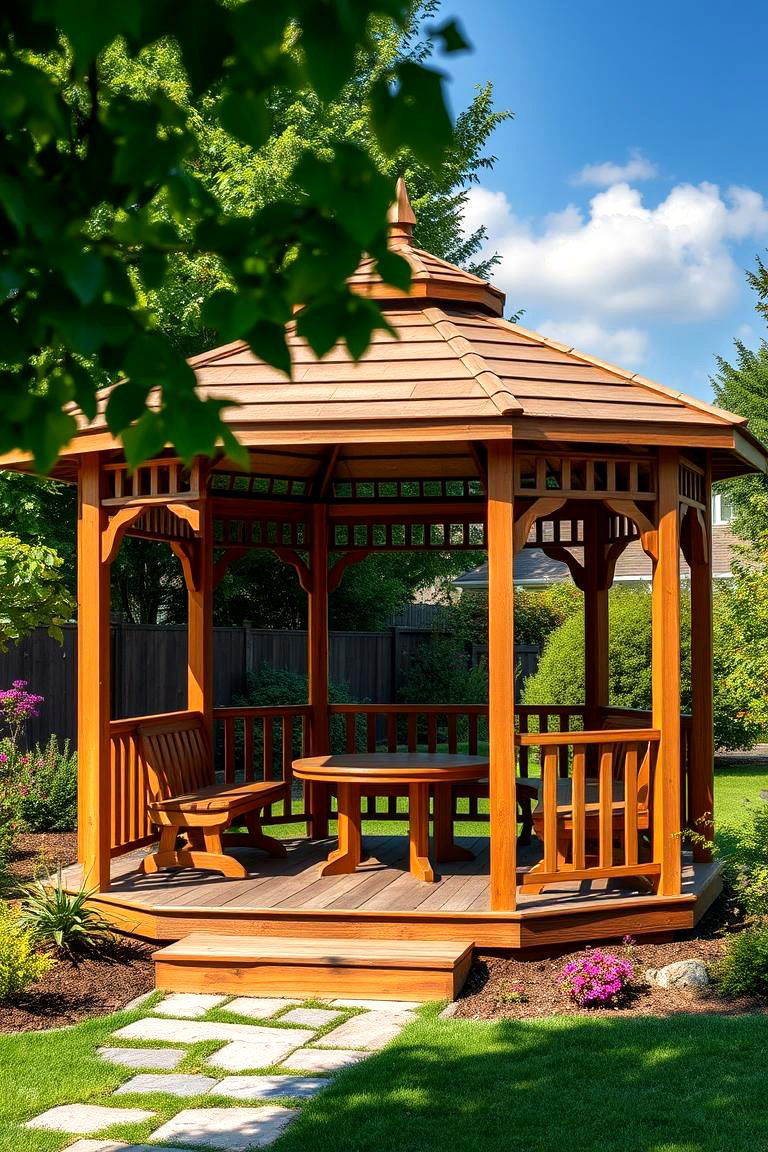
A wooden gazebo is an excellent option for creating a permanent shaded area in your garden. This structure offers ample space for gatherings, meals, or relaxing alone. Wooden gazebos can be built in various sizes and styles to match your garden’s aesthetic, and they provide a sturdy, weather-resistant shelter to enjoy throughout the seasons.
16. Use Bamboo Screens for Natural Shade
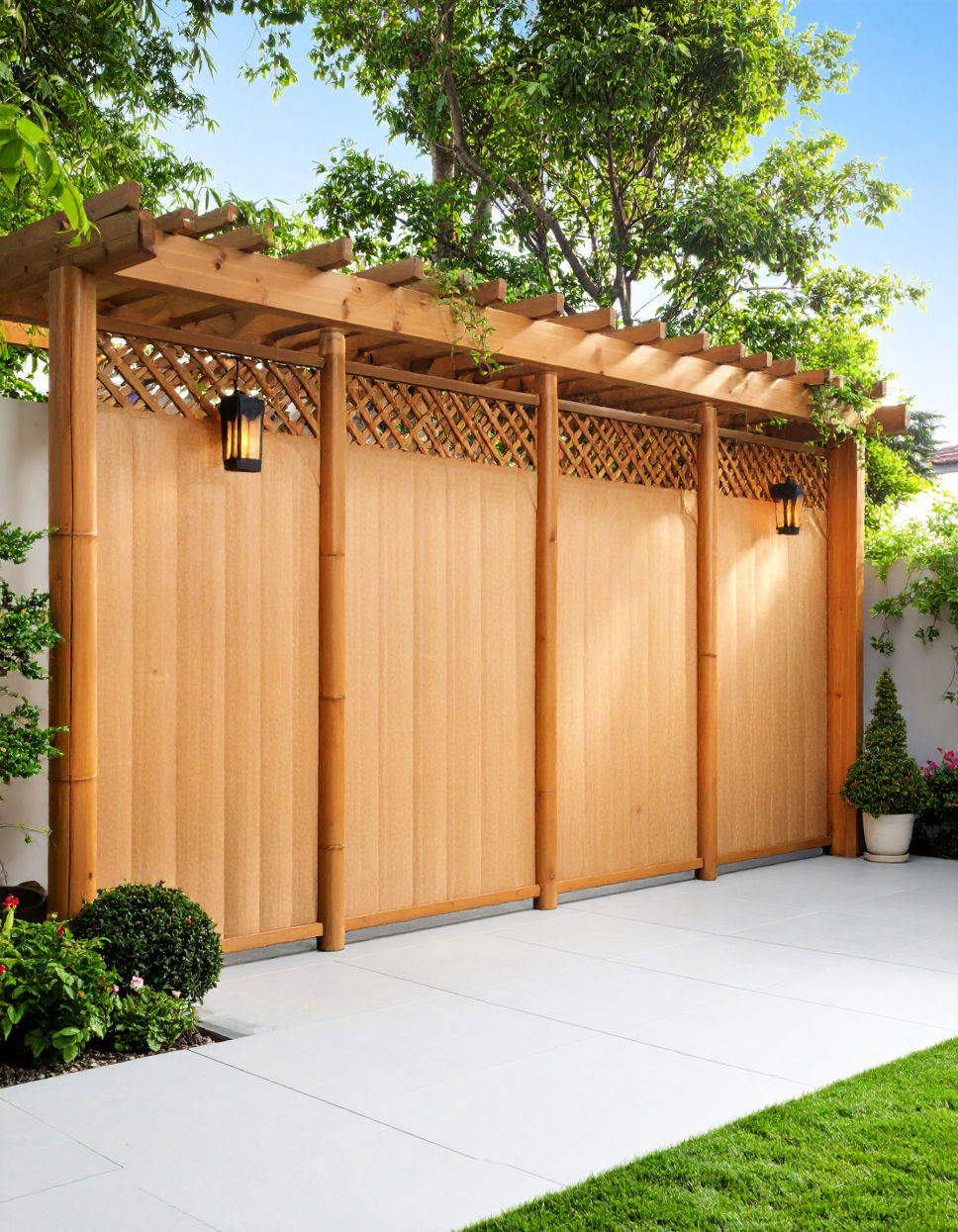
Bamboo screens offer a natural, eco-friendly solution to creating shade in your garden. These screens can be placed along fences or patios to block out sunlight while also enhancing your garden’s overall look. Bamboo has a distinct texture and appearance, making it an attractive addition to any outdoor space. It’s also a fast-growing material that’s durable and sustainable.
17. Create a Shaded Pathway with Overhanging Plants
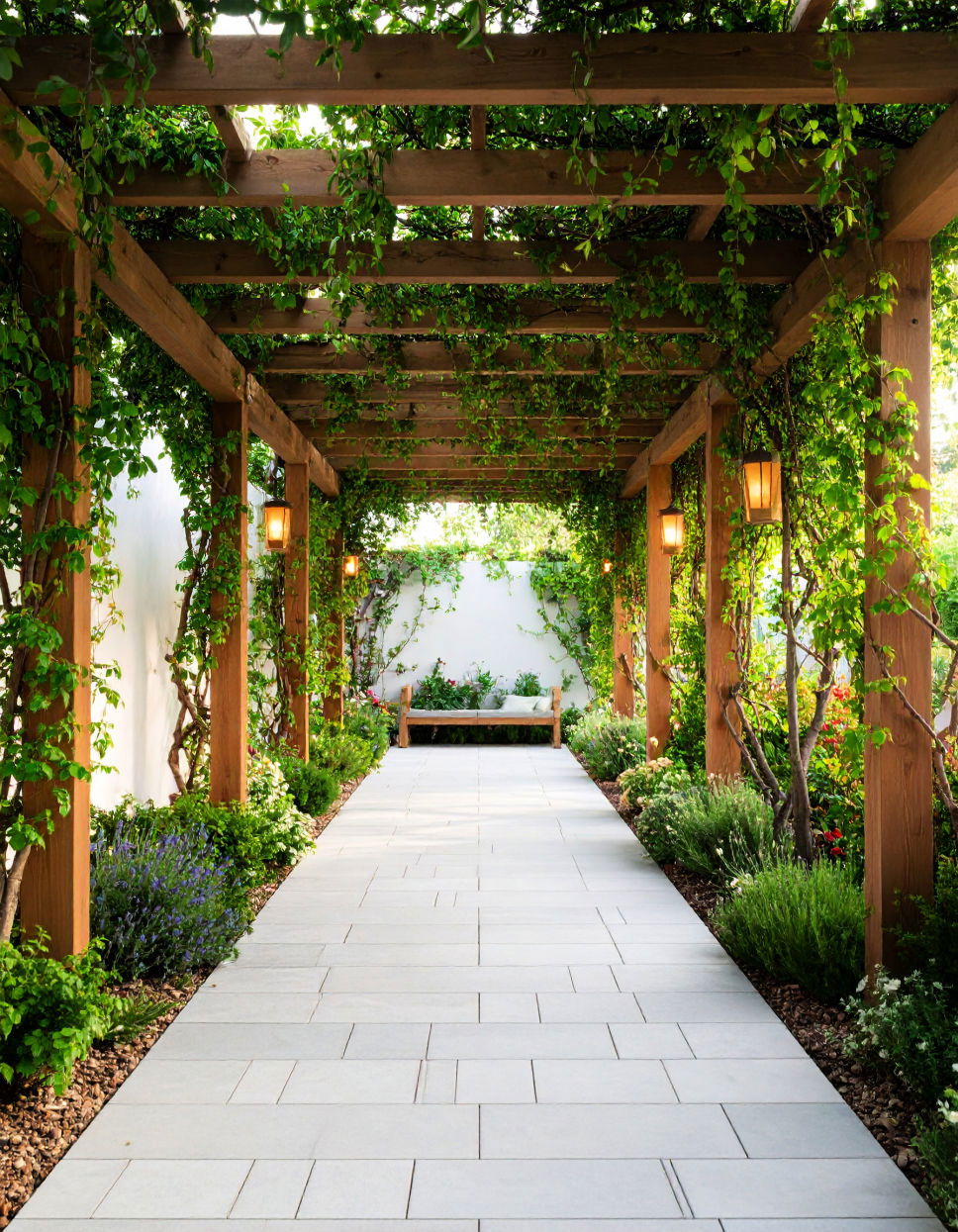
A shaded pathway can add both functionality and beauty to your garden. By planting overhanging plants or installing structures like trellises above the walkway, you can create a cool and inviting path that leads through your garden. Ivy, climbing roses, and jasmine are perfect for this idea, offering a fragrant and shaded journey through your outdoor space.
18. Design a Greenhouse with Shade Features
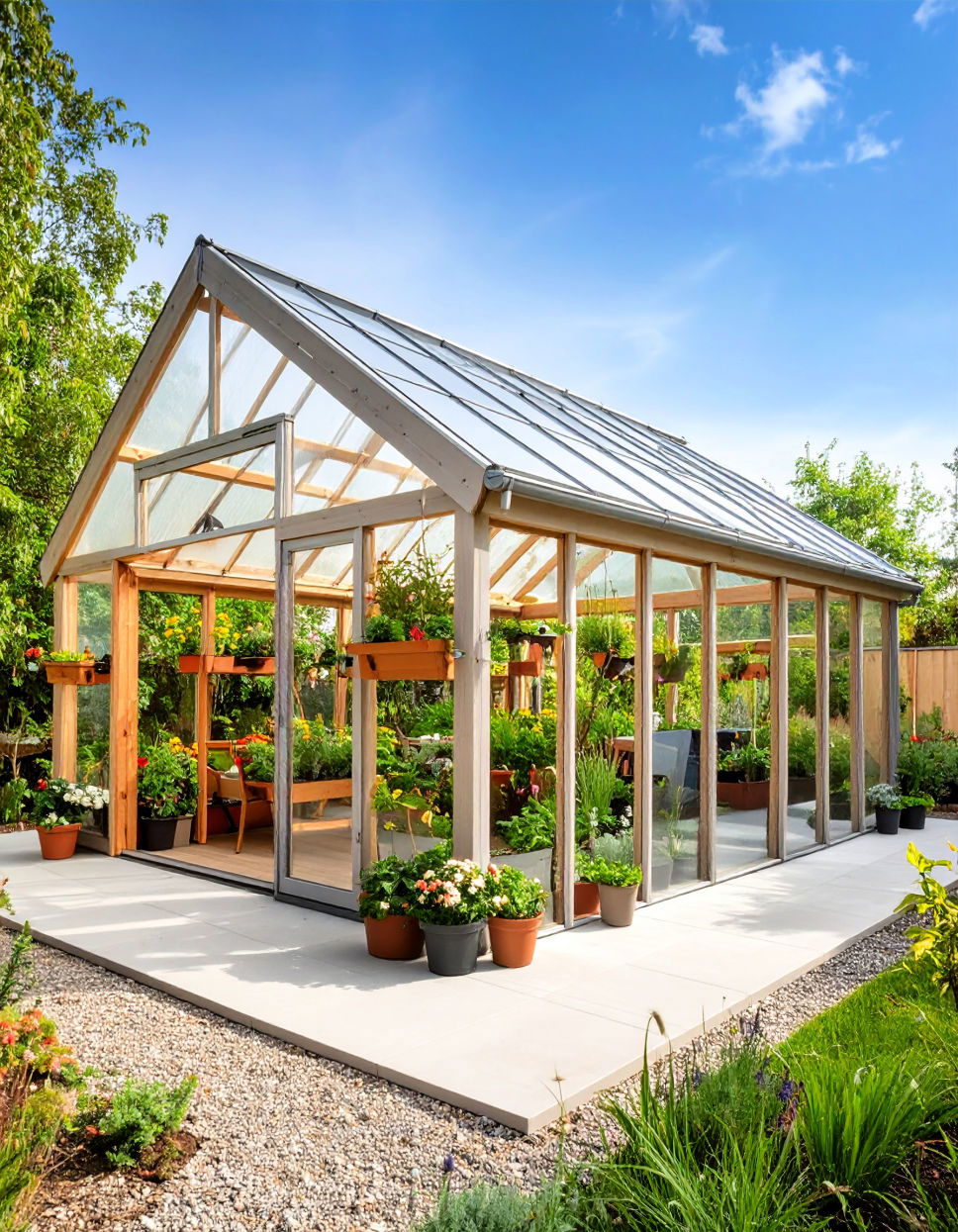
For avid gardeners who want to protect their plants from harsh sunlight, a greenhouse with built-in shade features is a game changer. You can incorporate shade nets or louvres into the greenhouse design to filter light, ensuring your plants are protected while still thriving in a controlled environment. This setup is especially beneficial for tropical plants or delicate seedlings.
19. Install a Shade Dome or Tent
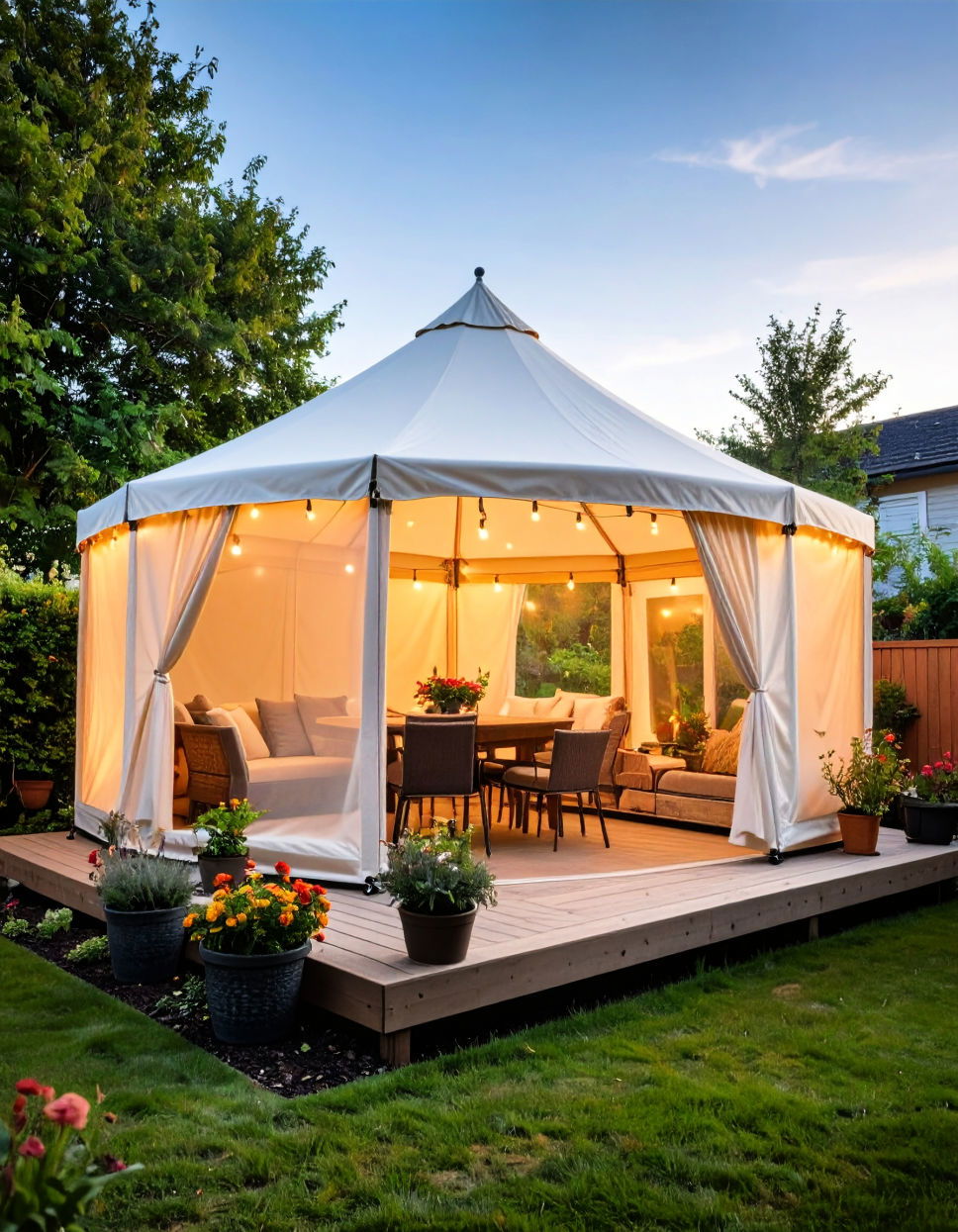
A shade dome or tent can instantly create a cool, sheltered spot in your garden. These portable structures are easy to set up and provide temporary relief from the sun. Perfect for summer picnics, barbecues, or garden parties, a shade dome can be placed anywhere you need protection from the heat while maintaining an open, airy feel.
20. Incorporate Shade-Loving Shrubs
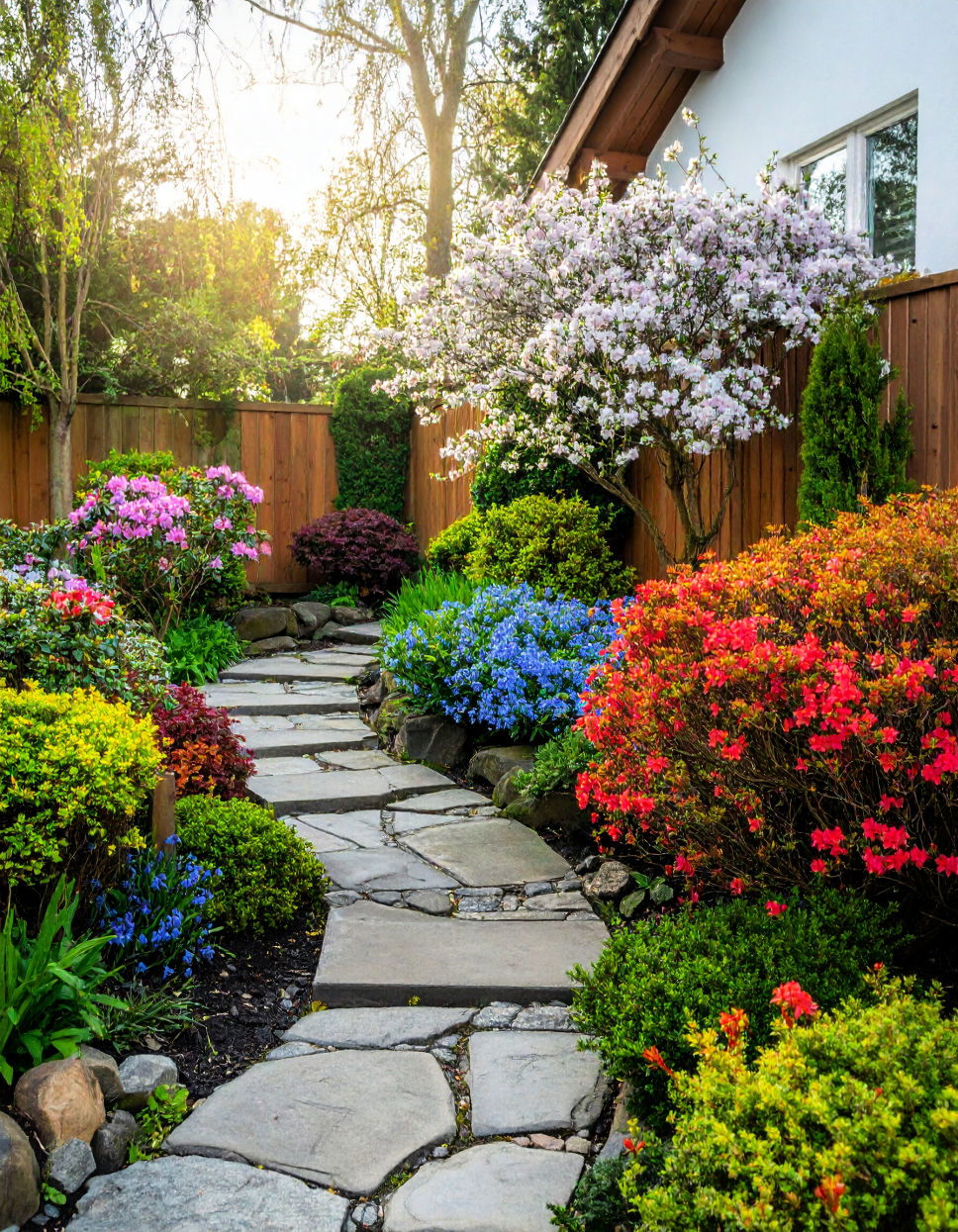
Shade-loving shrubs, such as rhododendrons, azaleas, and hydrangeas, can add both beauty and shade to your garden. These shrubs are perfect for planting in areas that receive little to no sunlight and can provide both ground cover and decorative appeal. Choose varieties that bloom in different seasons to ensure your garden remains vibrant year-round.
21. Add a Shade-Friendly Water Feature
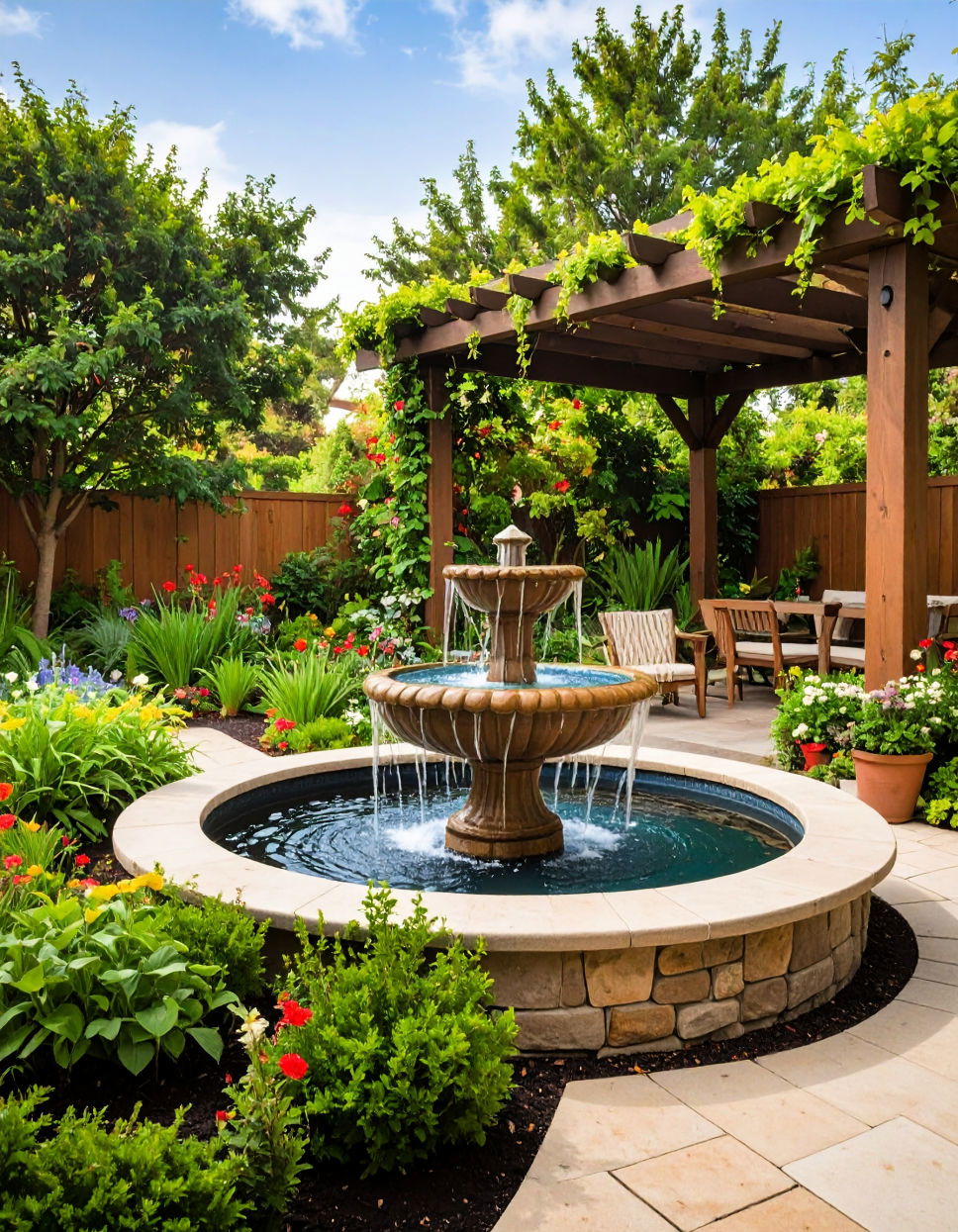
A water feature, such as a fountain or small pond, can enhance the tranquil atmosphere of a shaded garden. Placing a water feature in a shaded area ensures it remains cool and inviting, offering a soothing sound that complements the natural surroundings. Opt for shade-tolerant plants around the feature to complete the serene, shaded oasis.
22. Create a Covered Outdoor Kitchen

An outdoor kitchen under a shaded structure is ideal for entertaining or enjoying meals in comfort during hot weather. Install a pergola or solid roof above your kitchen area to protect it from the sun, allowing you to cook and dine outside without worrying about the heat. Incorporate stylish, weather-resistant materials for a functional yet chic outdoor cooking space.
23. Use Vertical Gardens for Shaded Walls
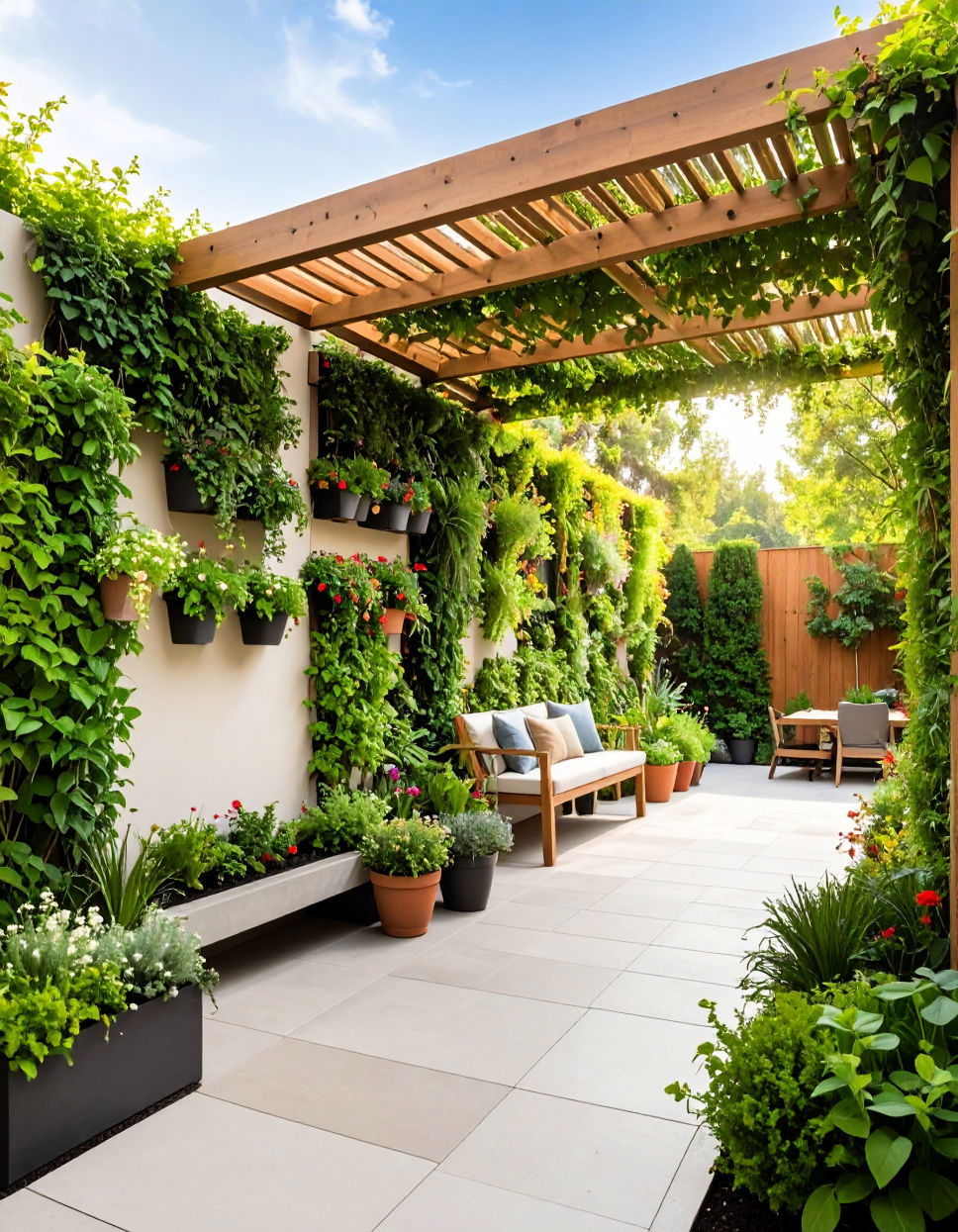
A vertical garden can be a perfect solution for creating shade along walls or fences in your garden. Planting climbing plants or using green walls adds a layer of natural shade while also serving as a stunning visual focal point. Vertical gardens can be customized with a variety of plants, from ivy to flowering vines, depending on your desired effect.
24. Opt for a Shade Tent with Mesh Panels
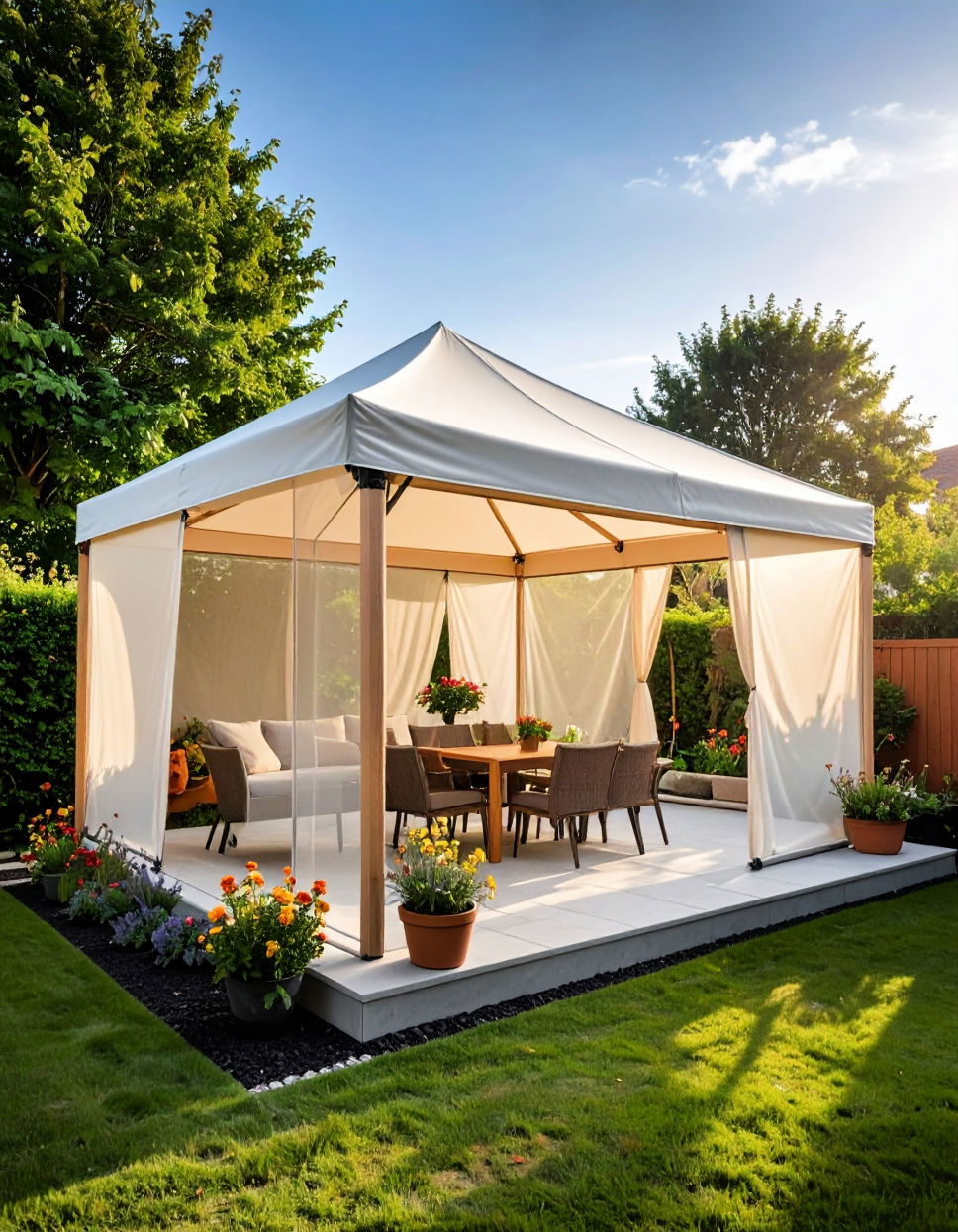
For lightweight, temporary shade, a shade tent with mesh panels offers excellent protection while keeping the space breathable. This design helps to block sunlight without trapping heat, making it ideal for hot summer days. The mesh panels also provide added privacy and can help protect against pests like mosquitoes, making it perfect for garden gatherings.
25. Incorporate Shade-Loving Succulents
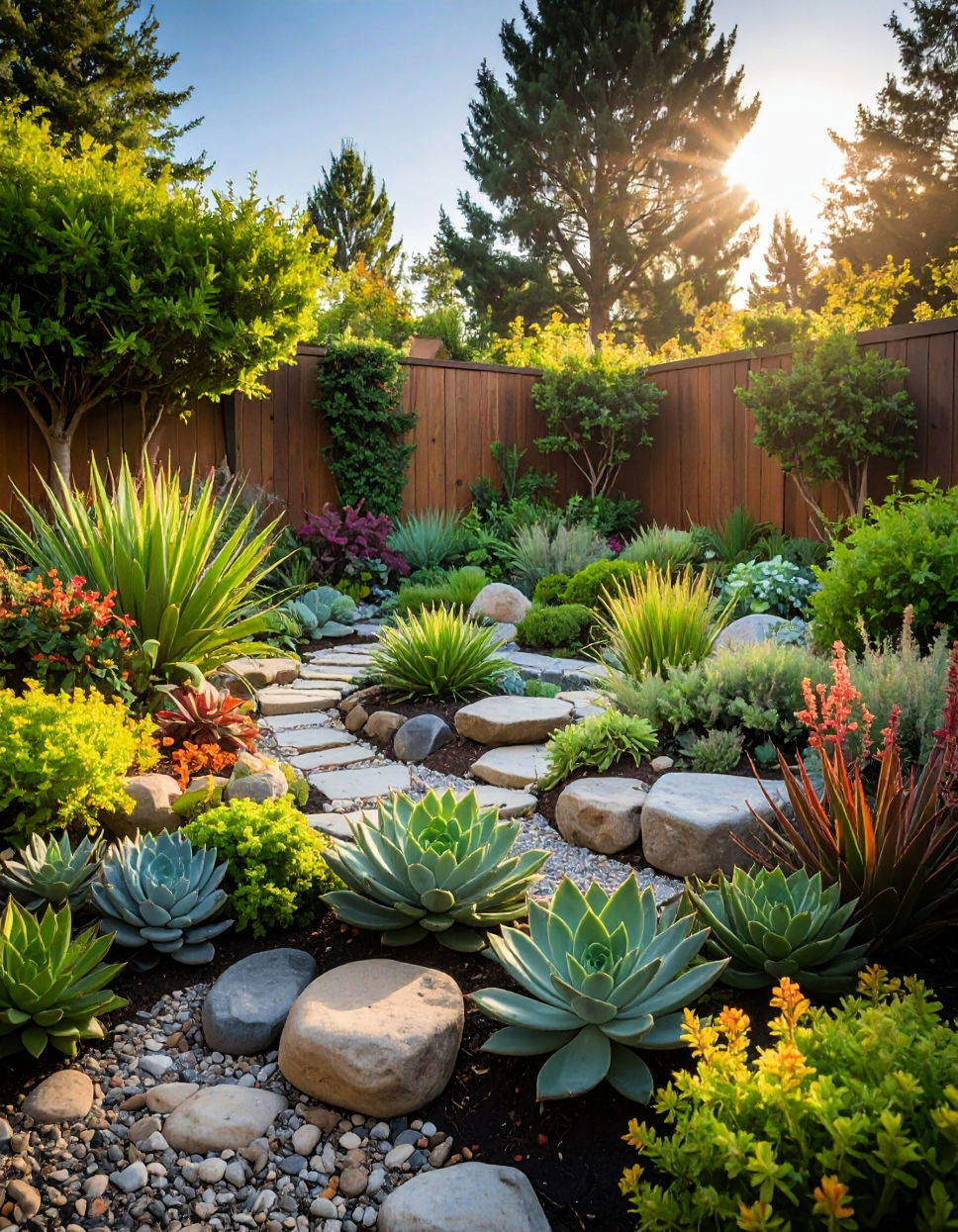
Succulents aren’t just for full sun—many varieties thrive in the shade, adding unique texture and color to your garden. Consider planting shade-tolerant succulents like aloe vera, hosta, or sedum in areas with partial light. These hardy plants can bring interest to shady spots while requiring little maintenance and adding a modern, low-care element to your garden.
Conclusion:
Gardens in shaded areas offer unique opportunities for creativity and relaxation. By using the right plants, structures, and design elements, you can transform even the most shadowy corners into vibrant, cool retreats. Whether you’re looking to enhance your outdoor living space or provide shelter for your plants, the ideas shared here can help you make the most of your garden’s shade. With careful planning, your shaded garden can become a thriving, peaceful, and inviting haven.


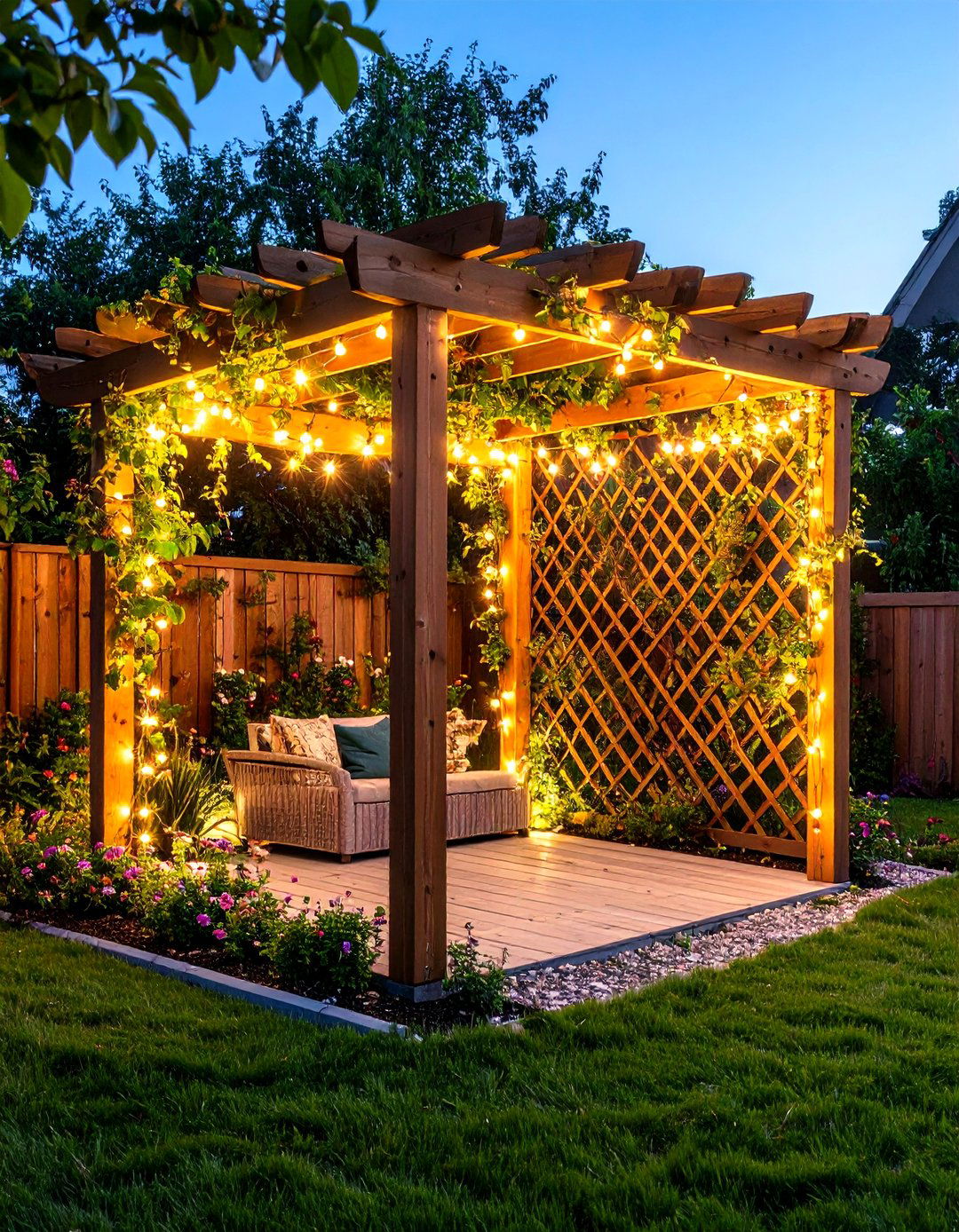
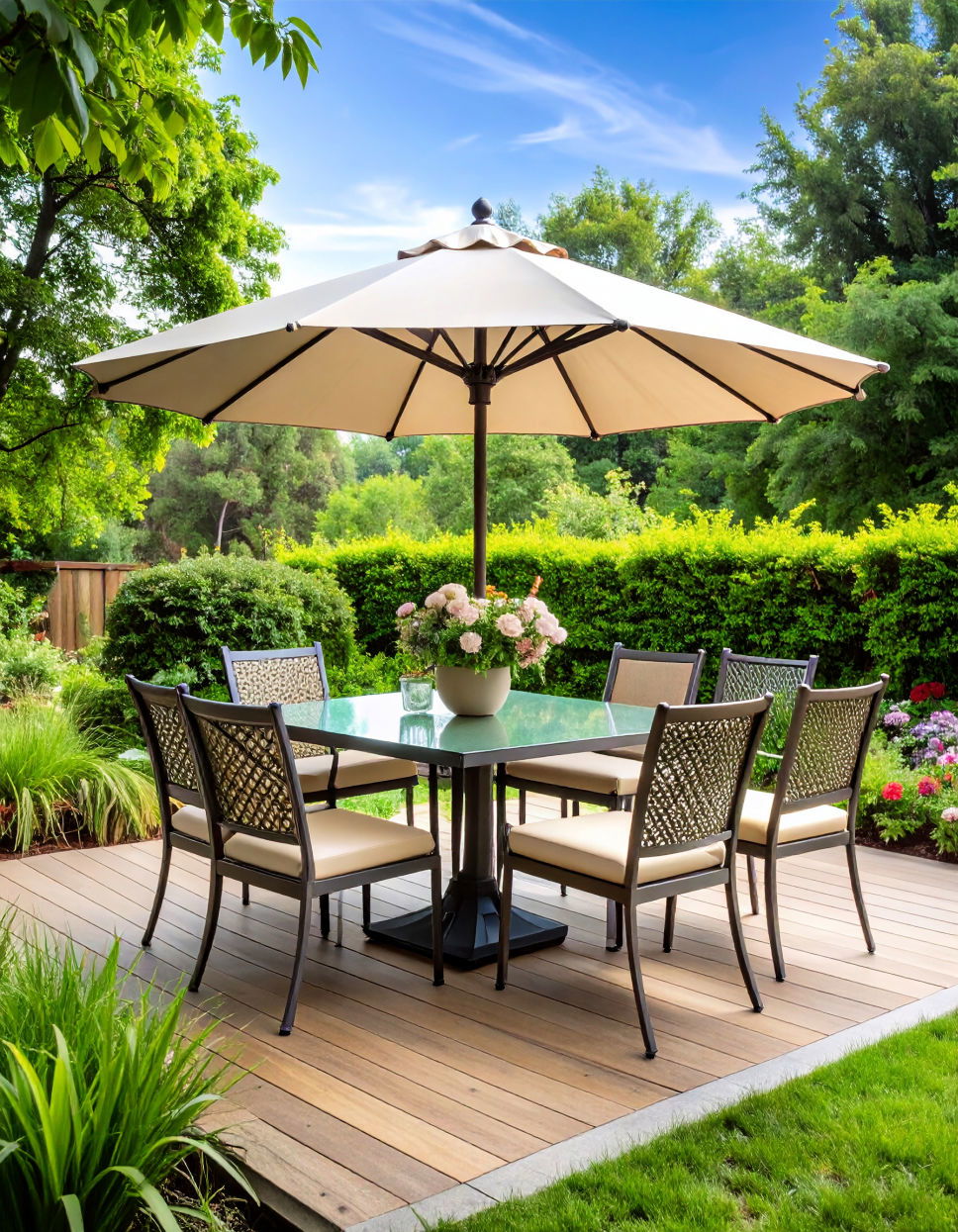
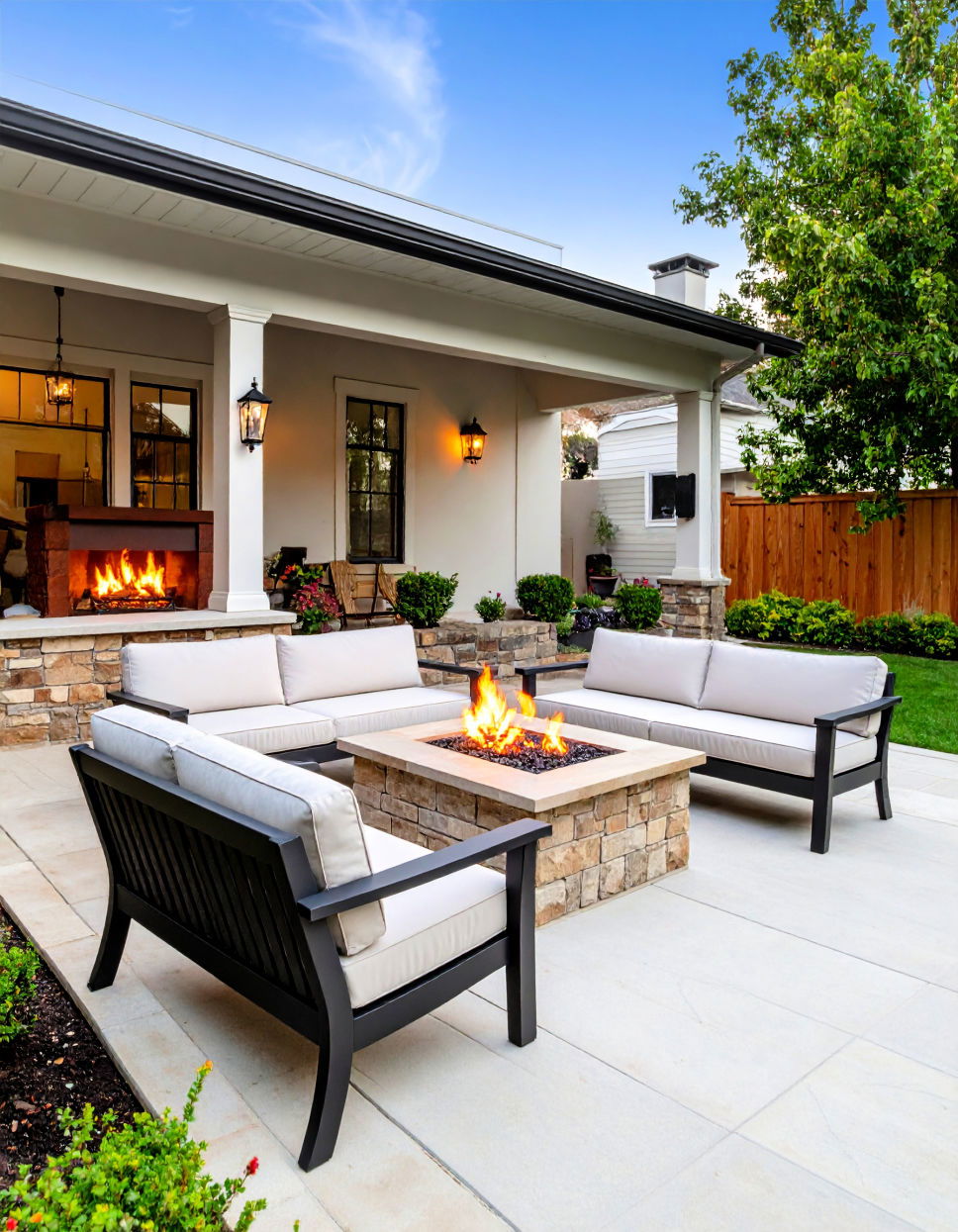

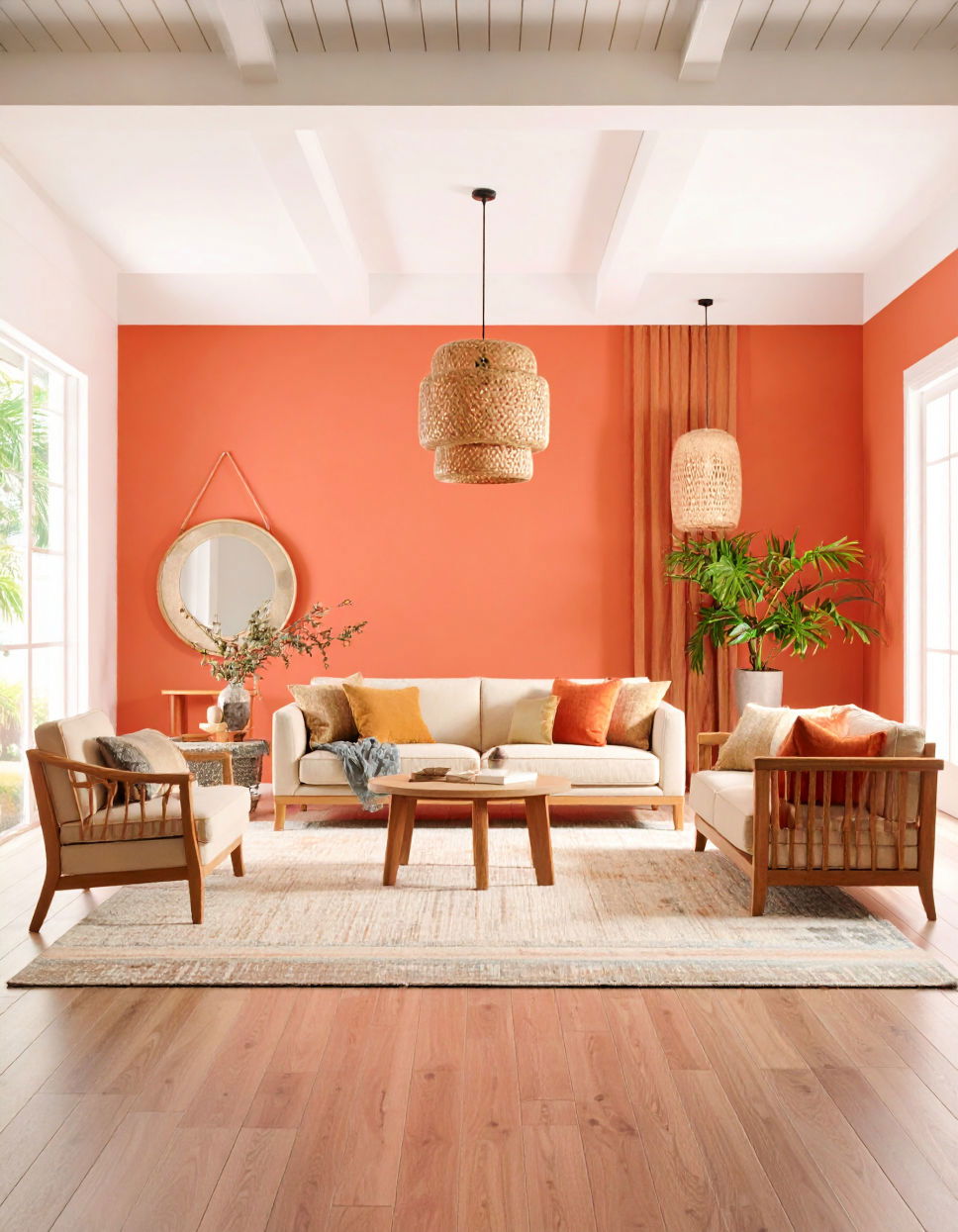
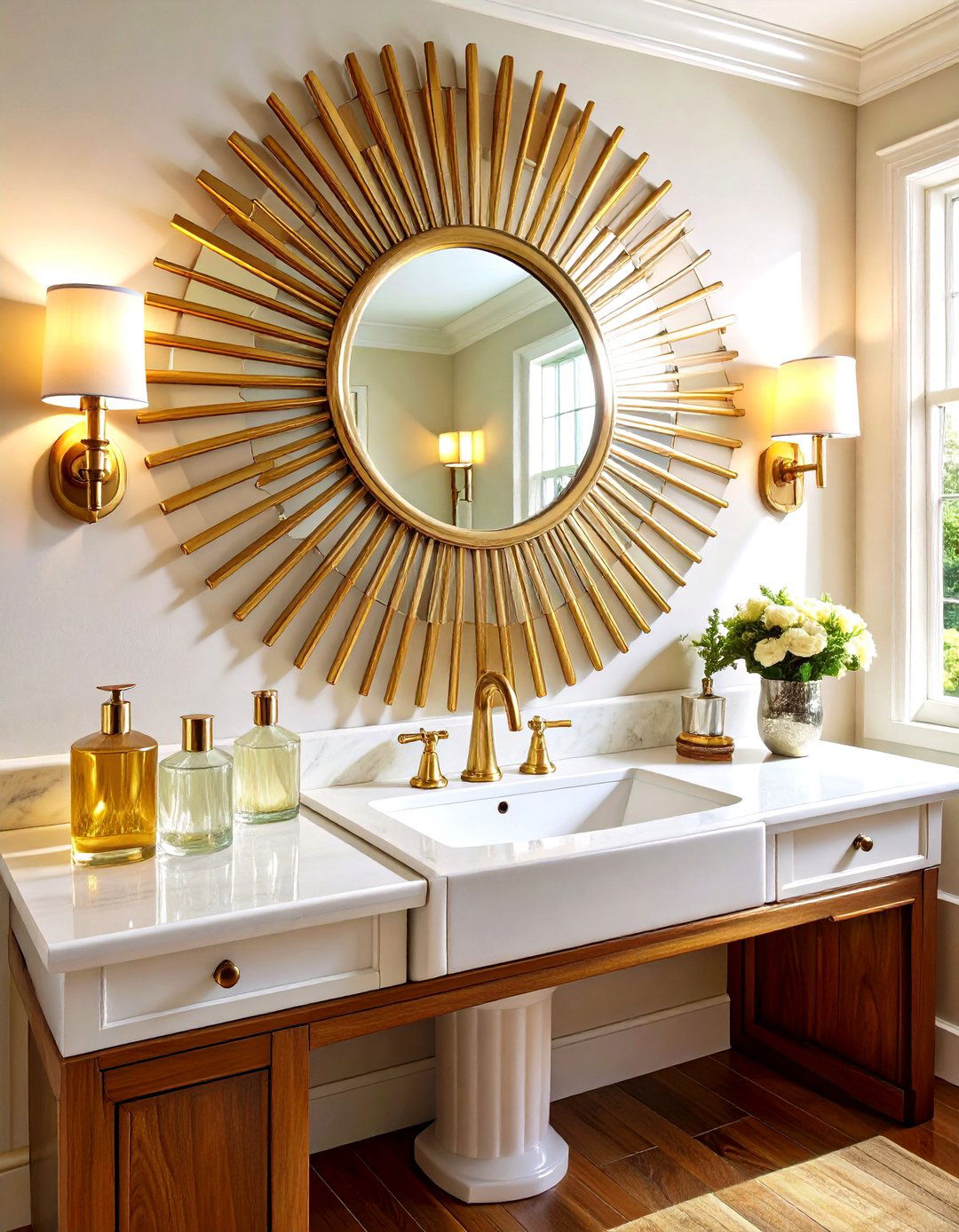
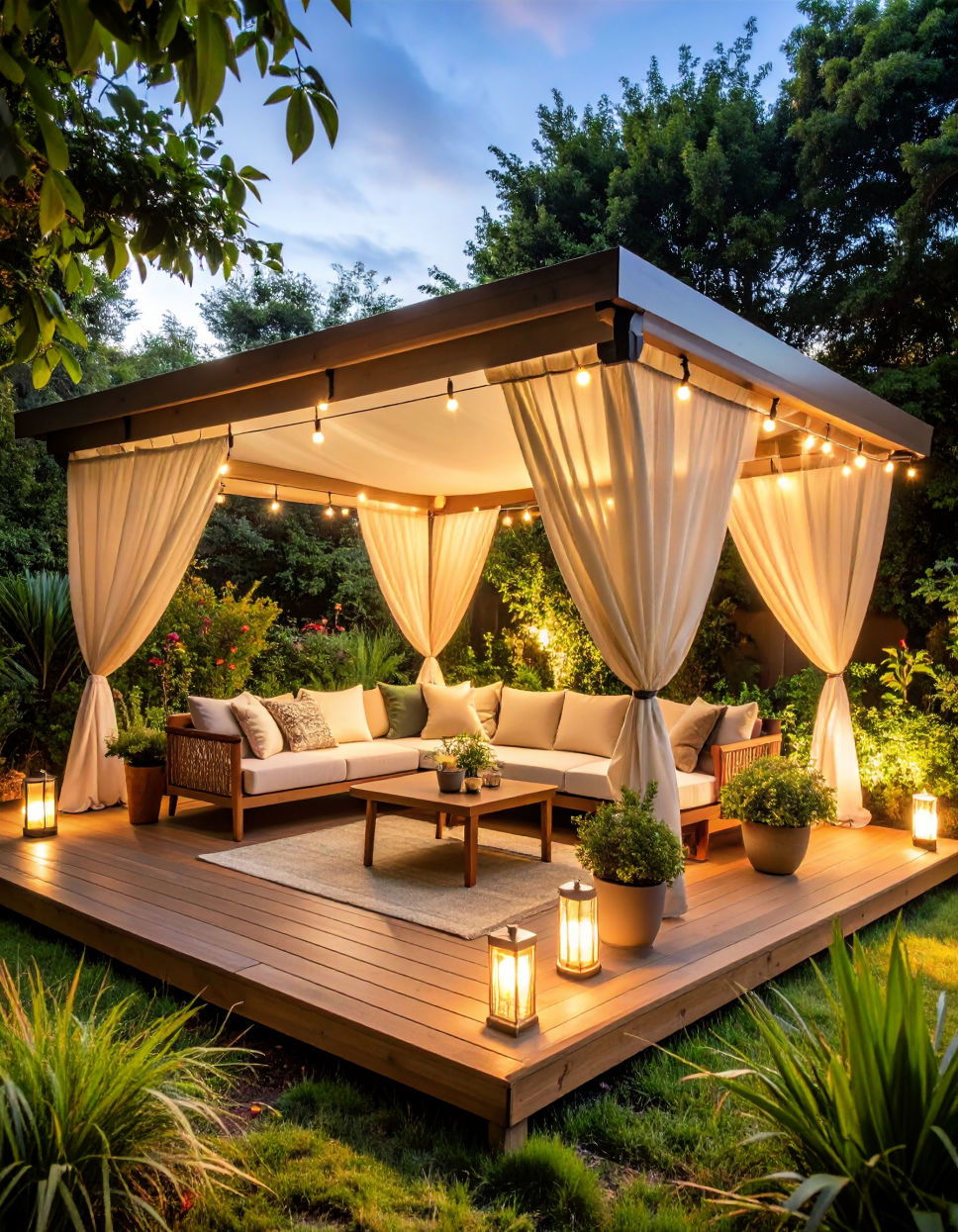
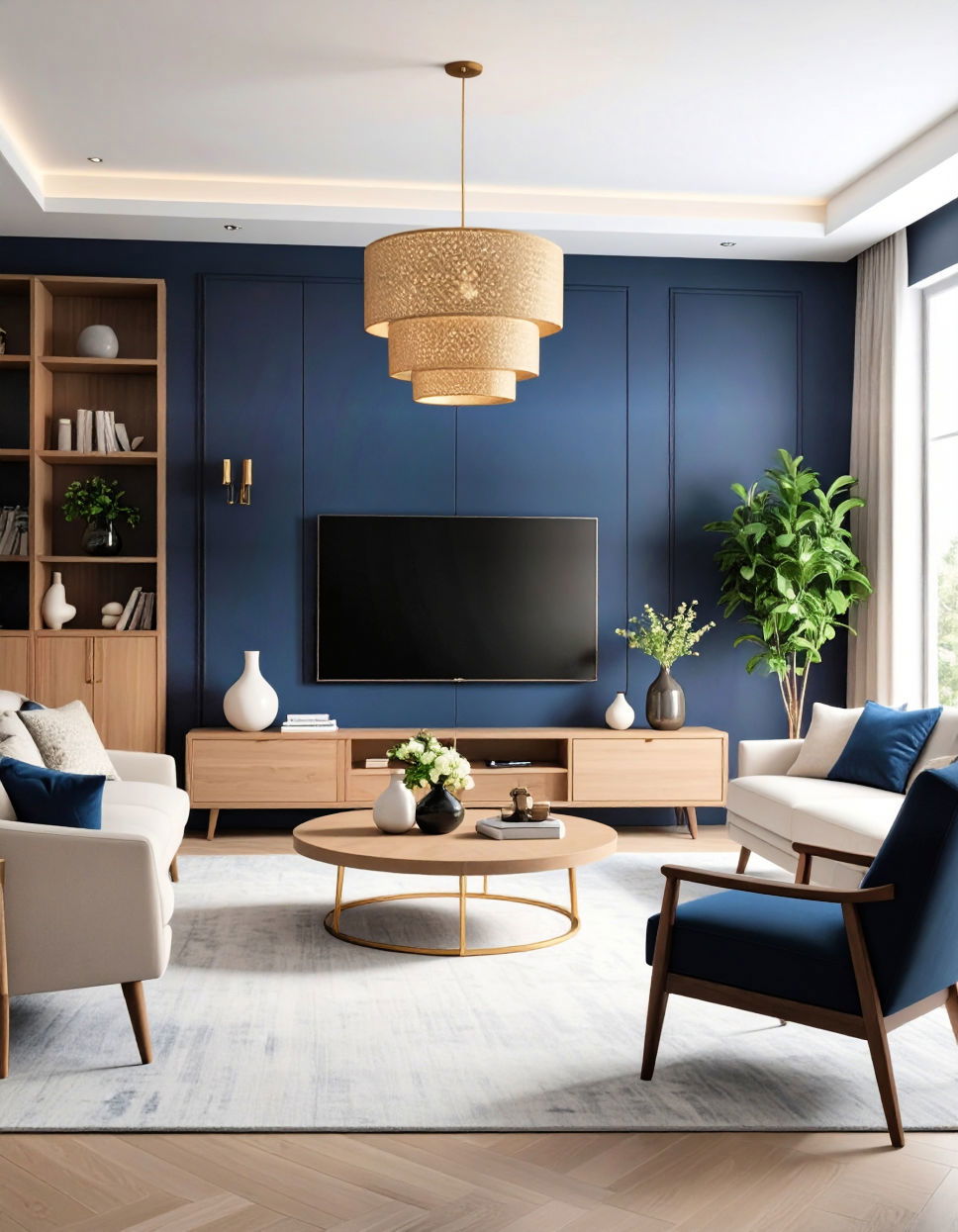
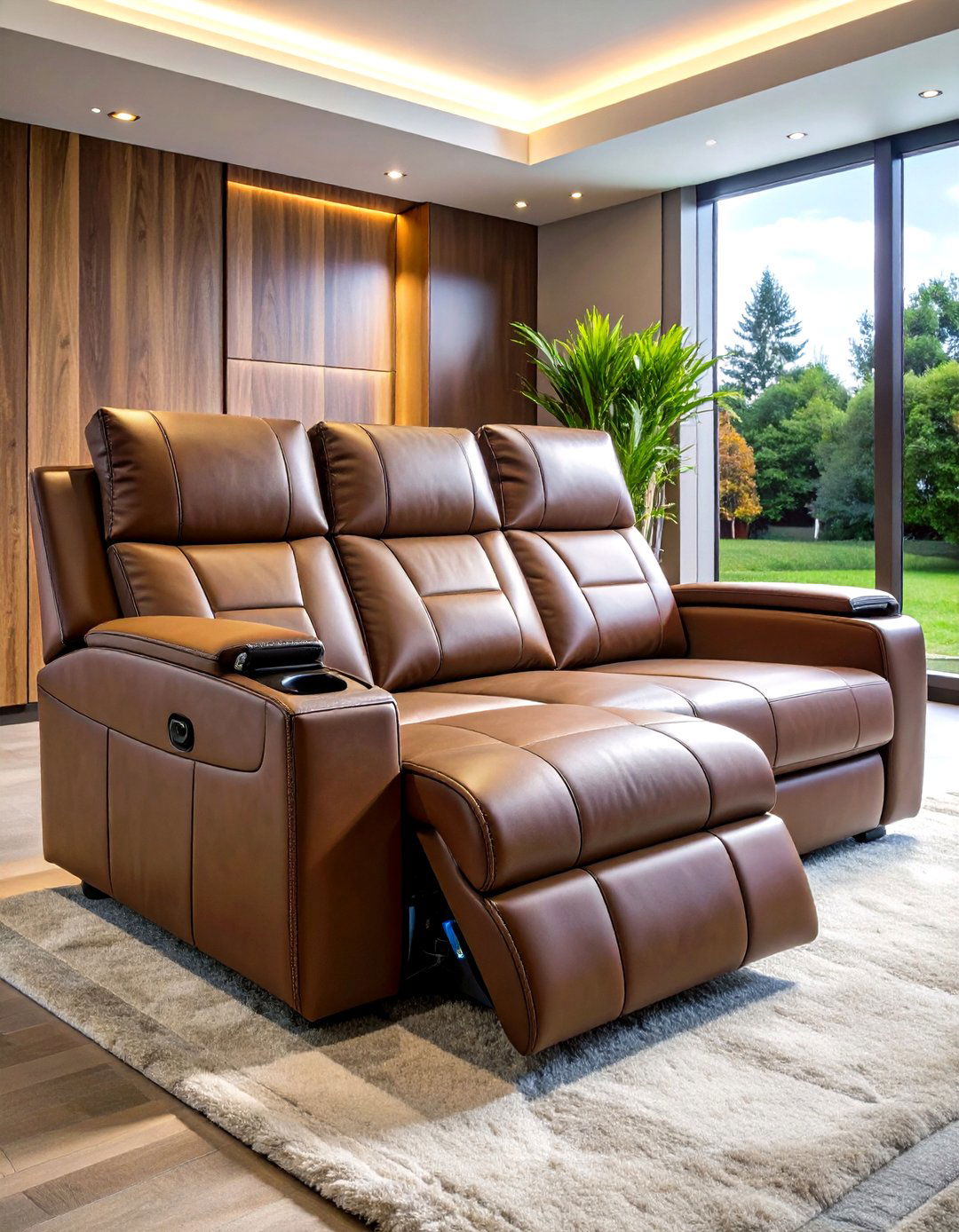
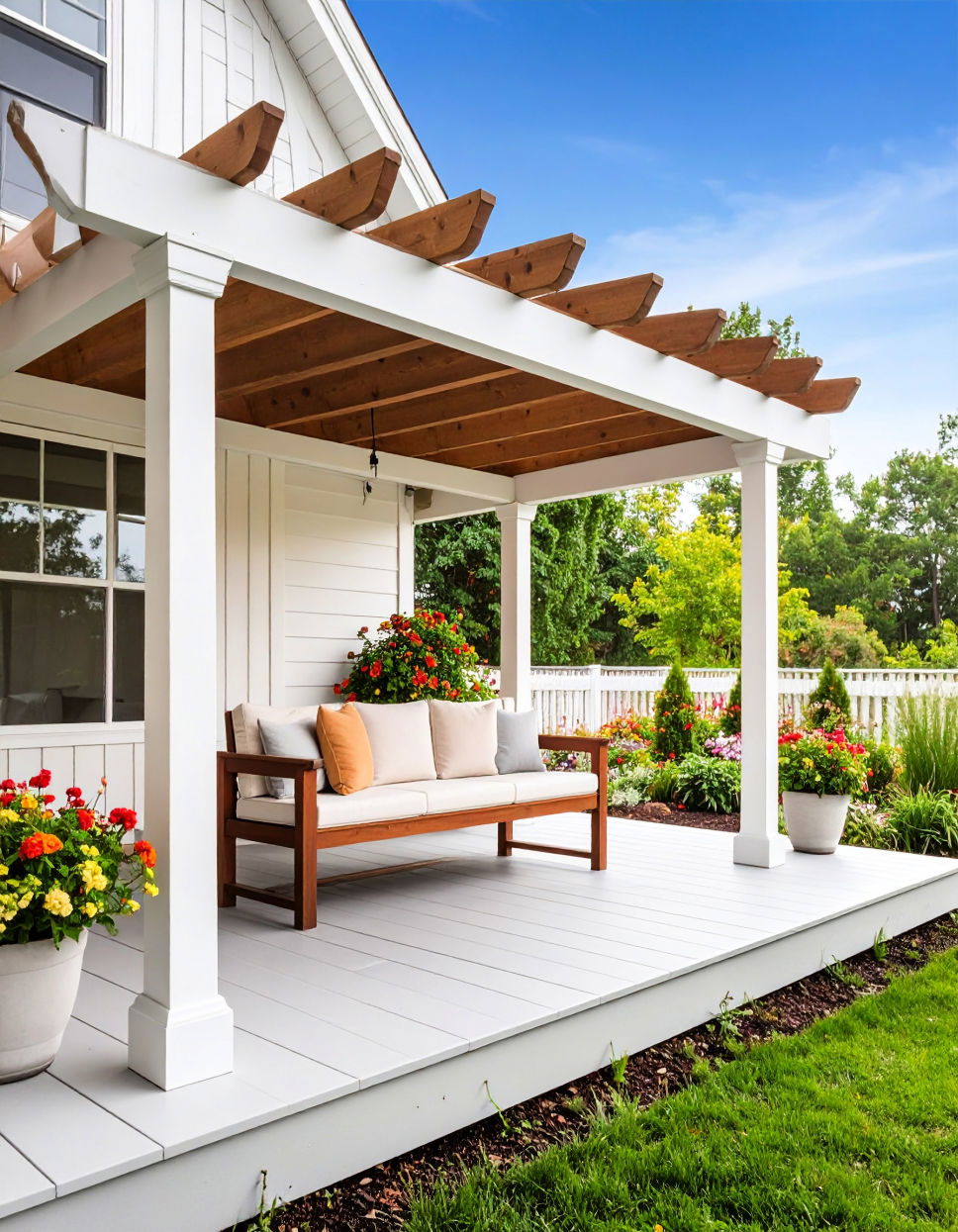
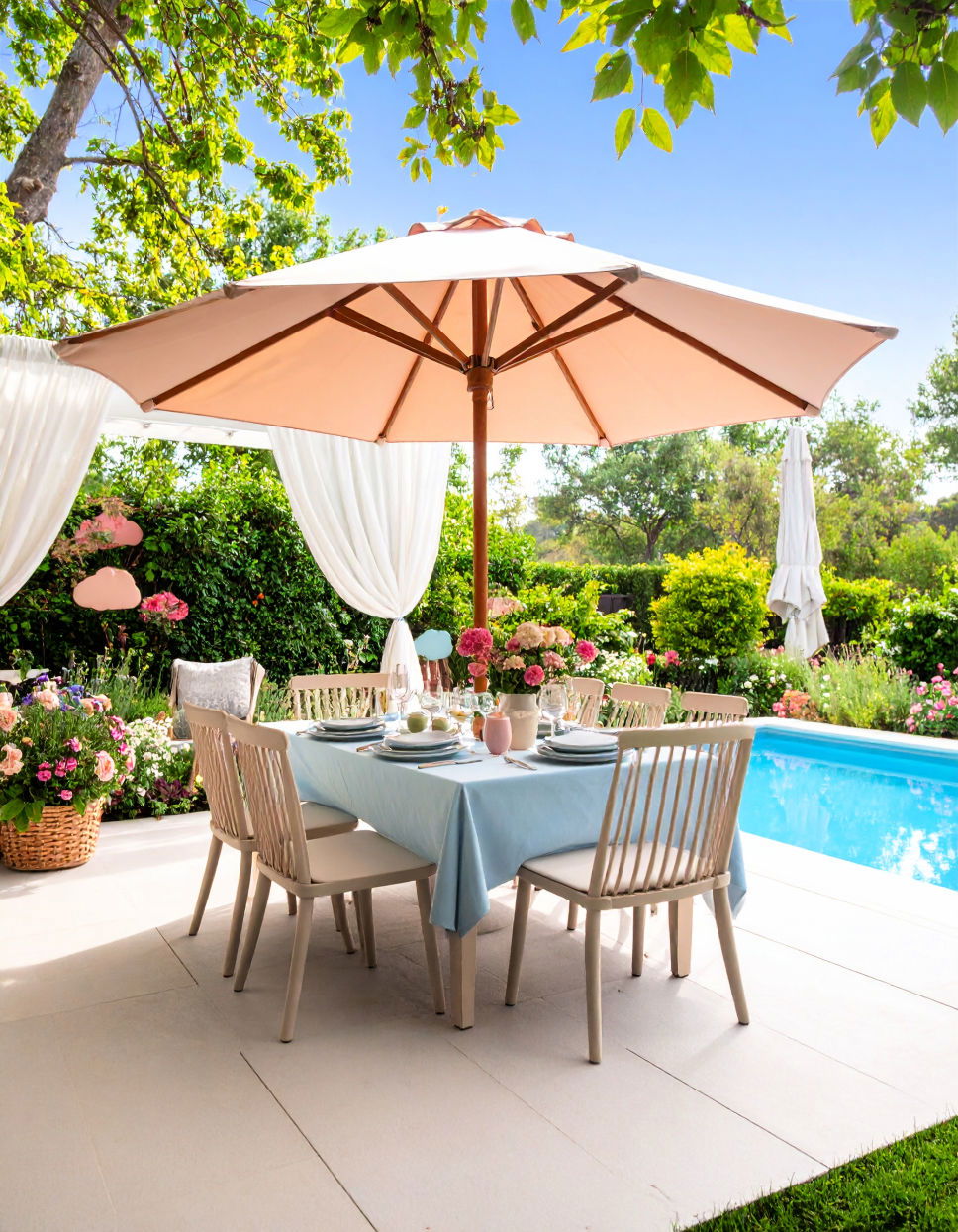

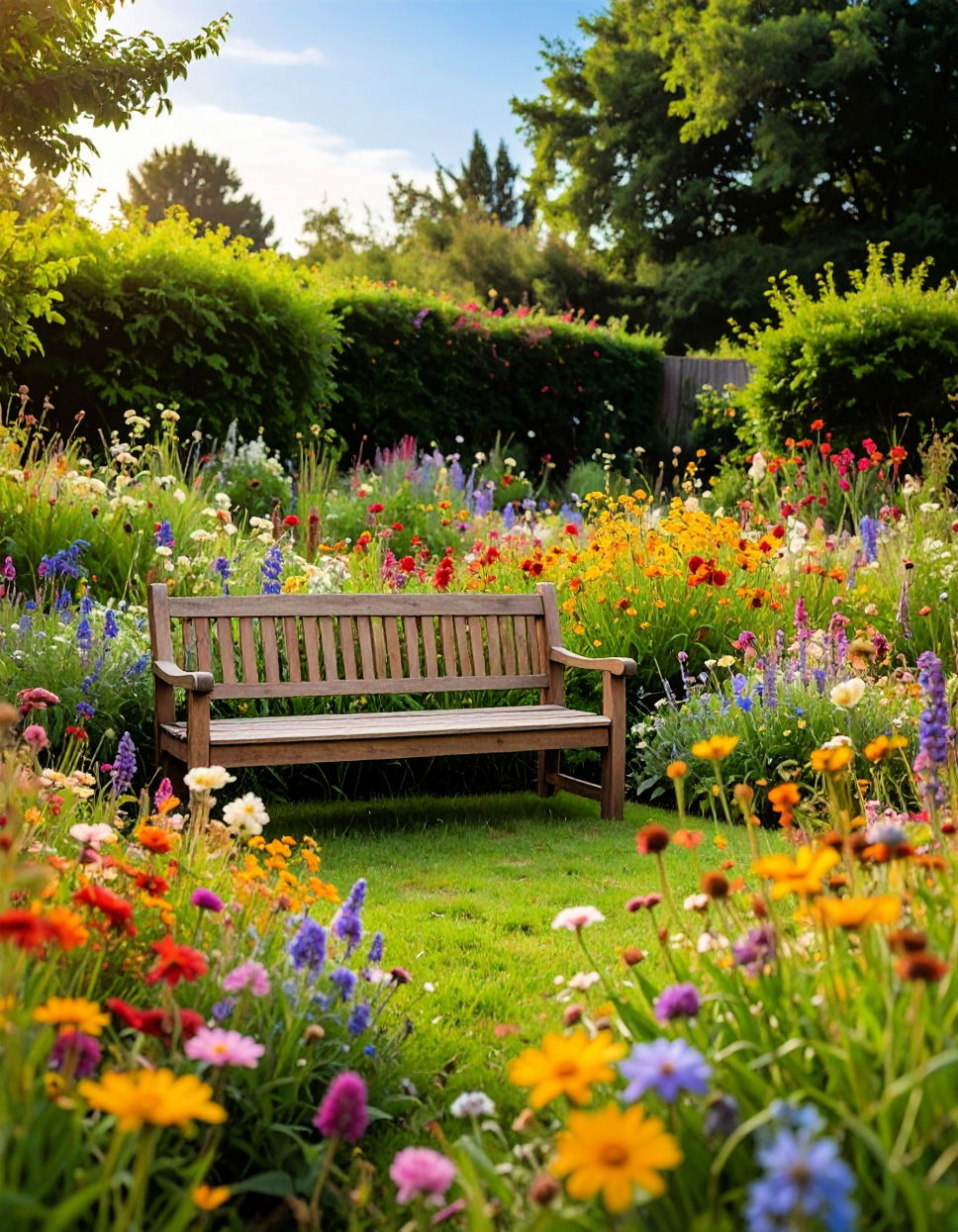
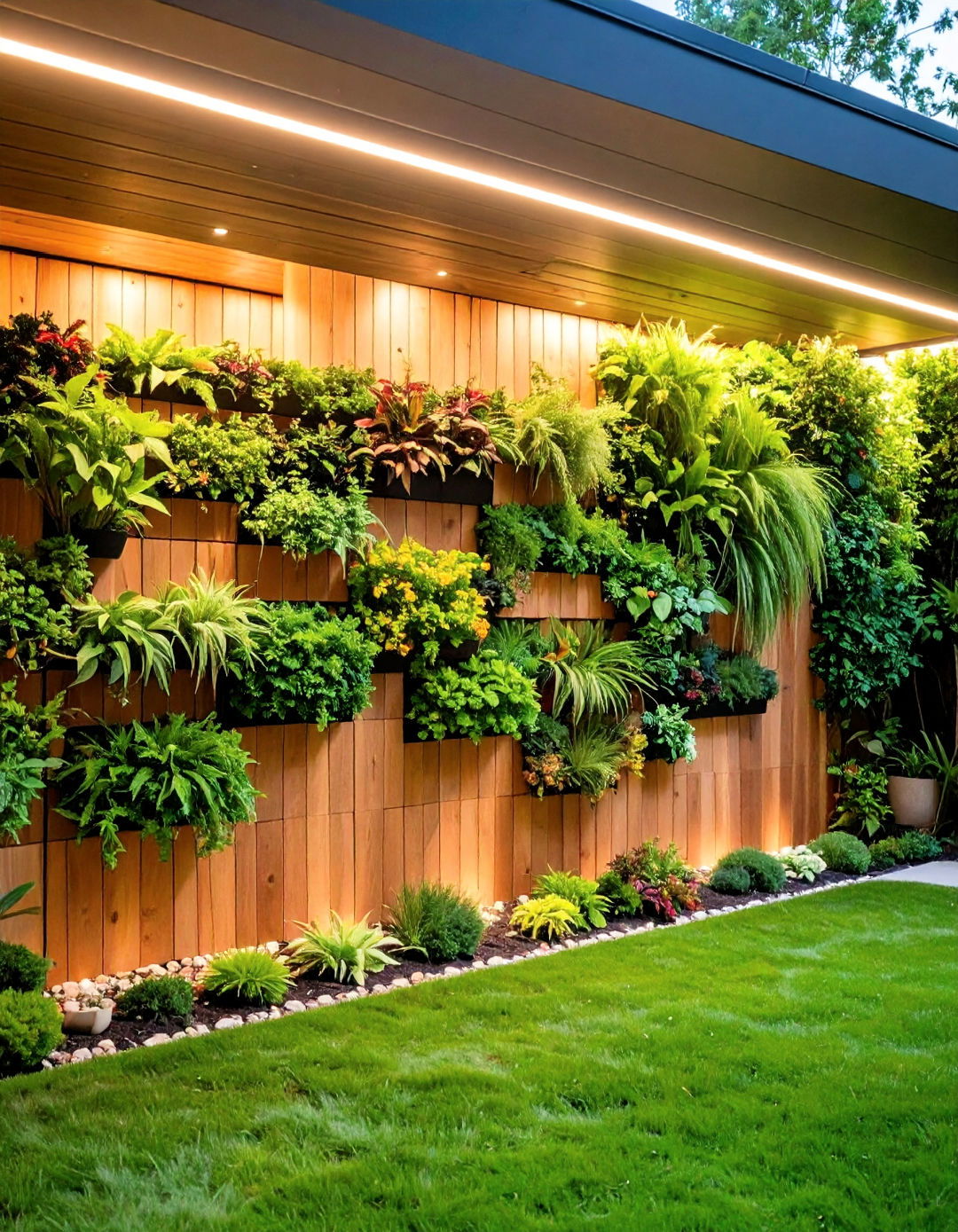
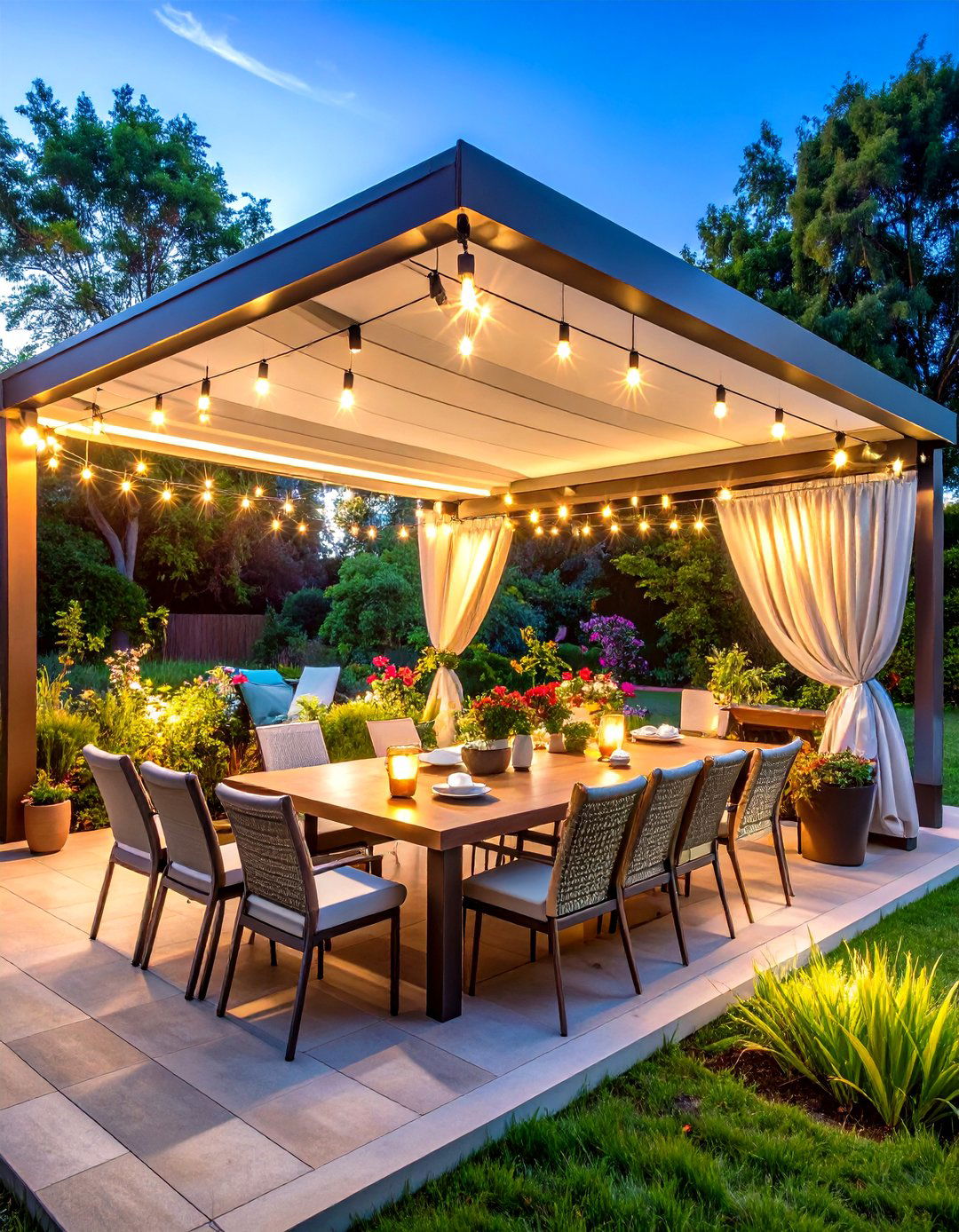
Leave a Reply